Whisker’s First Winter just so happens to be my first Christmas show. Aimed at 2-6 year-olds and featuring beautiful puppets, a specially-created score and one impressive fluffy set, the show has been the focus of my life for the past few months.
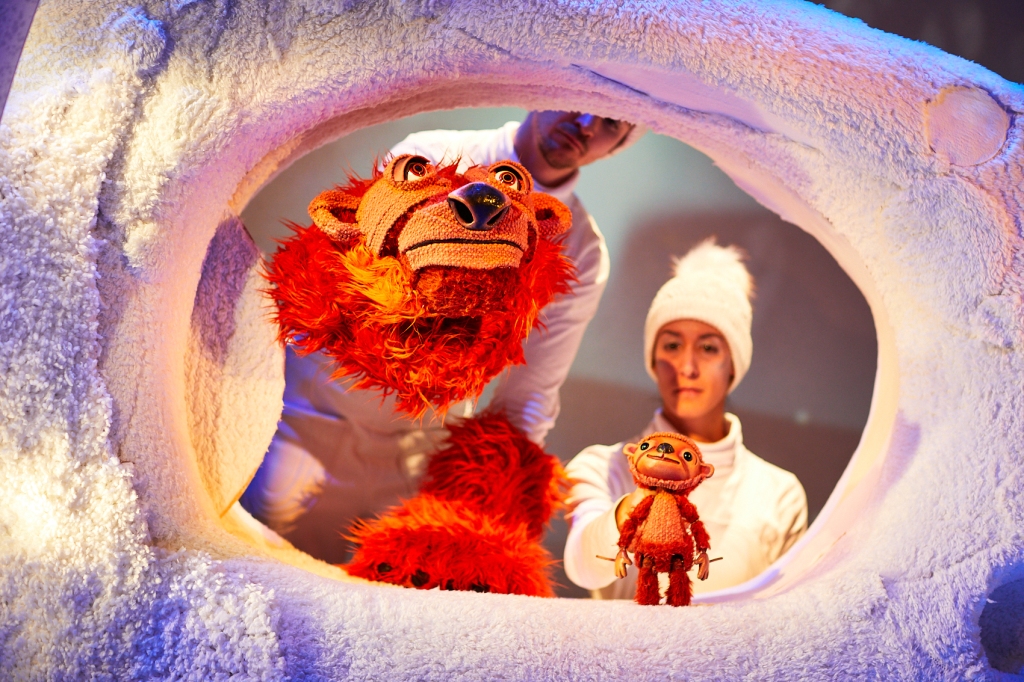
I’ve been a professional puppeteer for several years now, but this is the first time I’ve worked with this kind of puppet and been the sole operator. There are a few moments in the show where my co-star Matt Wood comes in to give a hand, literally, but apart from that I am Whisker. Being his conscious, his thoughts, his lifeforce for all this time, I have grown rather attached to the little fella. I can’t promise I won’t shed a tear when this project is over – I’m going to miss him! I’m also going to miss working at the theatre every day, performing with my co-puppeteer Matt, meeting our lovely audiences and just getting to do the job I love.
The show, which we performed at Cast in Doncaster, has been created by Odd Doll Theatre and directed by Kathleen Yore. Although Kathleen started with a structure and overview of the plot, she encouraged us to play and discover the details of each scene in the room during the early days of the rehearsal process. We then tweaked and refined as we went on.
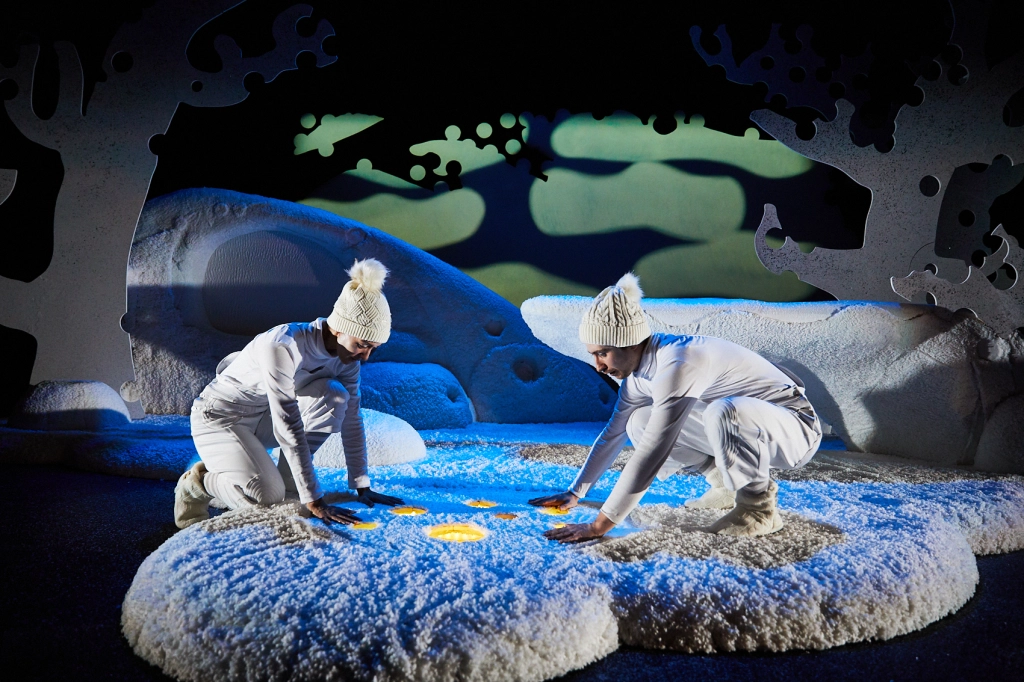
An exercise we did during the refining stage that I’ve found really useful was something we worked on with Rebekah Caputo, a puppeteer and member of Odd Doll who came in for a few weeks of the process. This involved speaking the subtext for the puppet during whatever scene we were rehearsing (including non-verbal characters such as Whisker). This may be common practice for many puppeteers, but for me it was a new exploration, and I’ve spoken it in my head for each show ever since. It has very much helped to make sure Whisker is always thinking and keeps the puppetry fresh and my mind fully present, even after the 37th show! I have learnt that you really can see when a puppet isn’t thinking and the puppeteer is just going through the motions. This can easily happen when you’re working on a show for a while, but the subtext exercise is a good way of countering that.
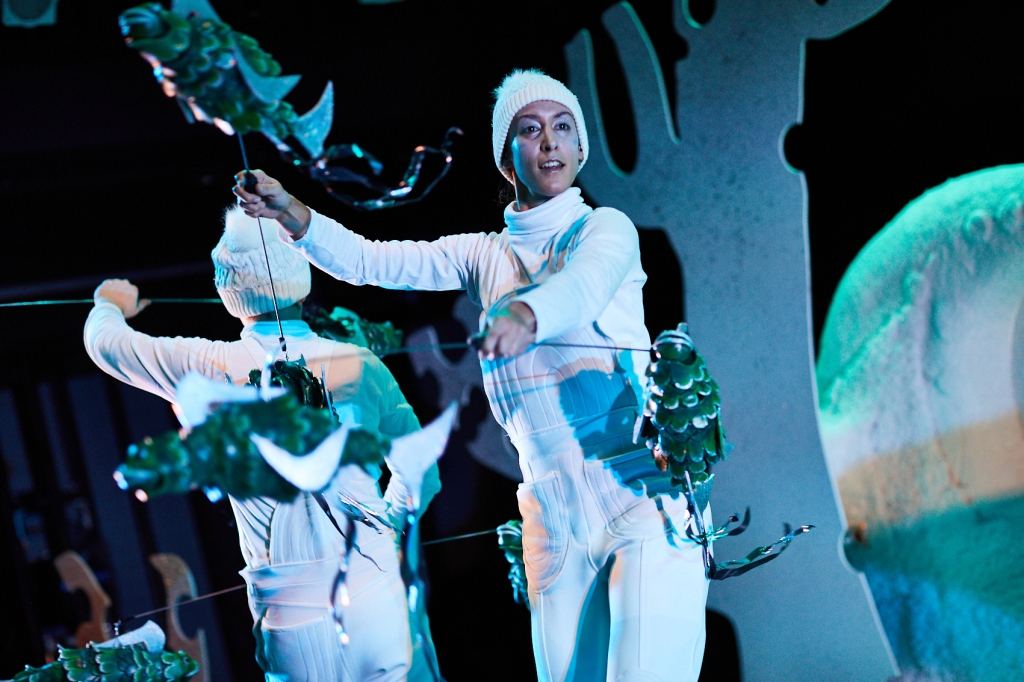
Many of the joys and challenges of doing Whisker’s First Winter have come from performing to our young audiences. You can rehearse all you like in the studio but bring in a live audience and everything can change. The energy it gives you is amazing – suddenly it all makes sense why you’re doing this and who you’re doing it for. Given the age range of the target audience, it can also throw distractions at you, such as a stage invasion by an enthusiastic toddler who has slipped out of their parent’s grasp, or an audience member screaming when they see Whisker in trouble.
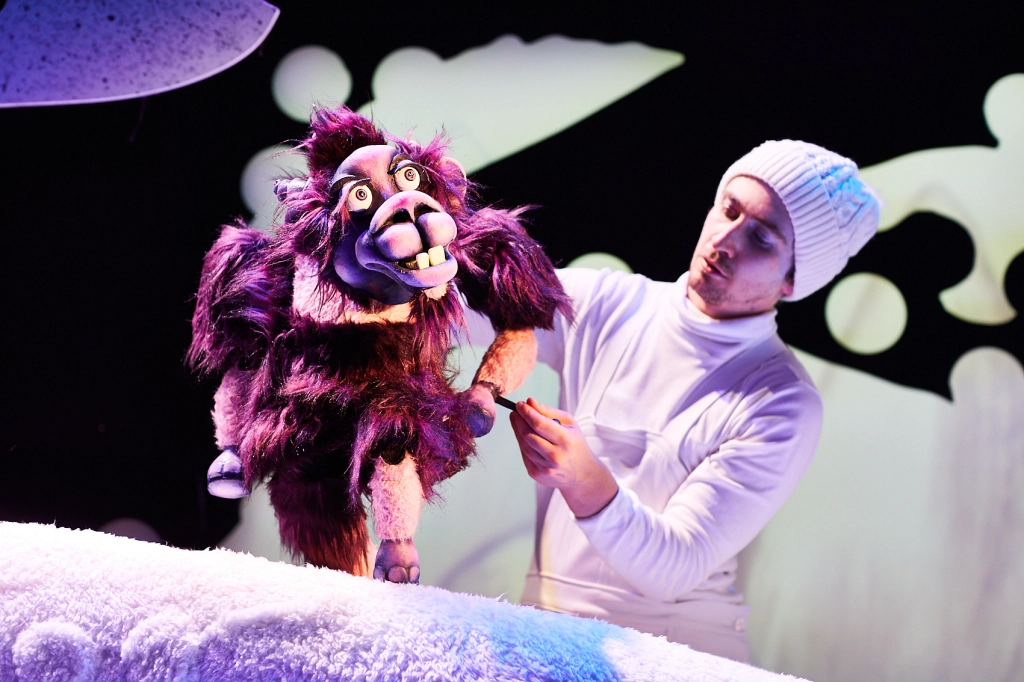
One of the things I’ve really enjoyed during the shows has been hearing children in the audience narrating the action for their family, or asking what the characters are doing at different points in the story. It’s wonderful to hear how engaged they are and how invested they are in Whisker and his adventures.
Performing at Cast has been a delight – the staff have made us feel so welcome, and I’m really going to miss coming into the theatre every day and seeing all their faces. But hopefully there’s more to come for Whisker…!
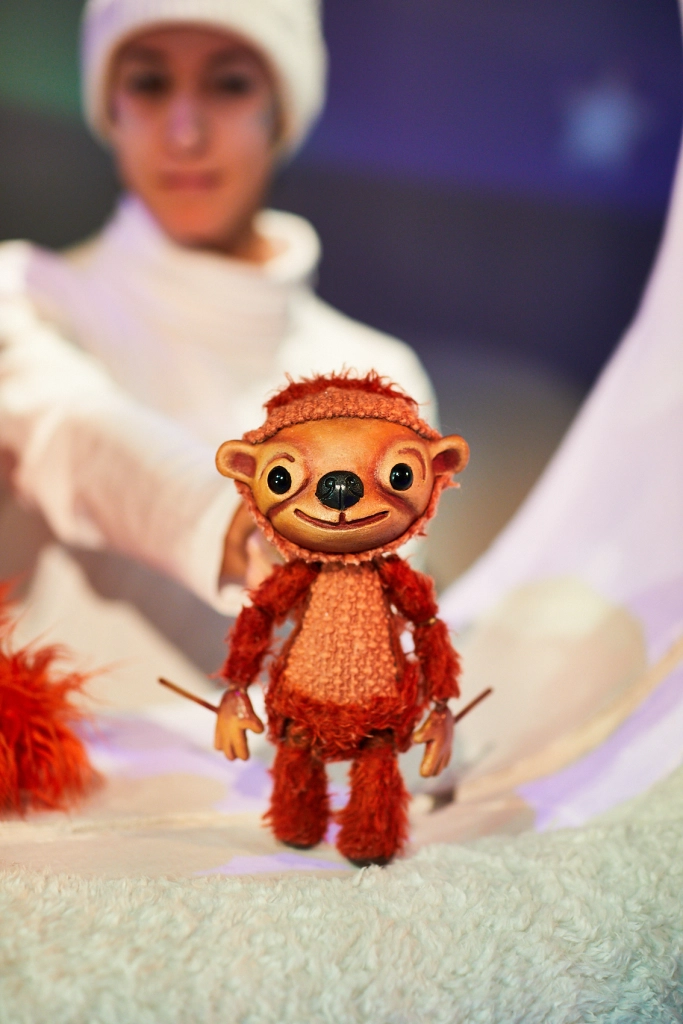
Photography: David Lindsay
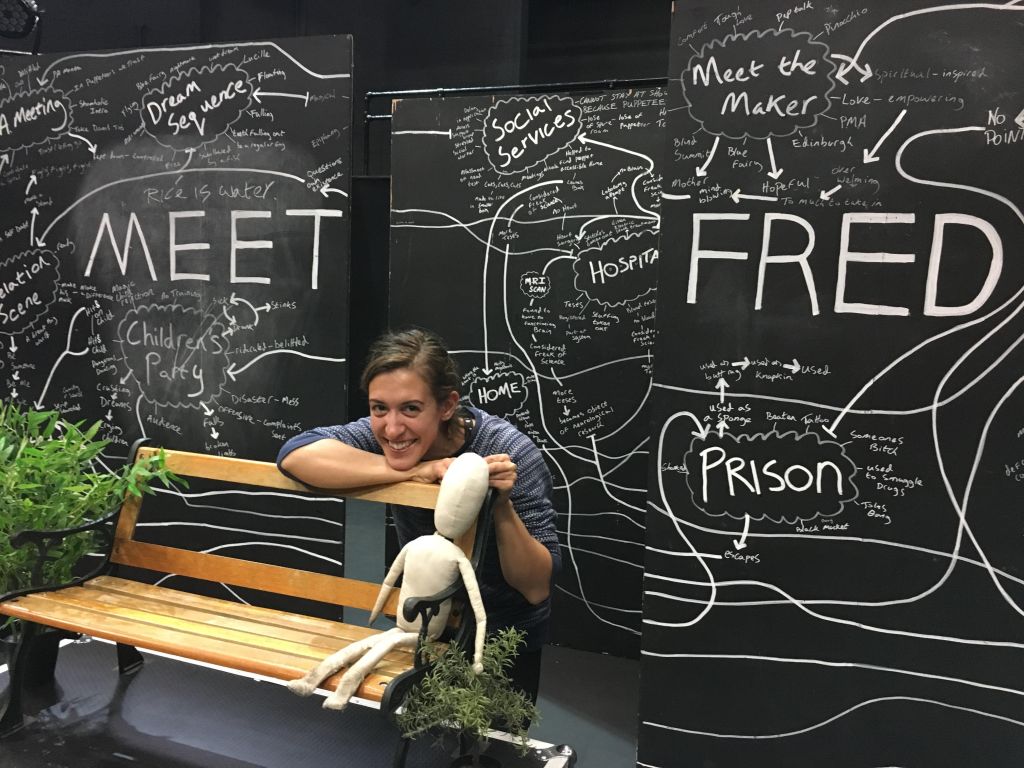
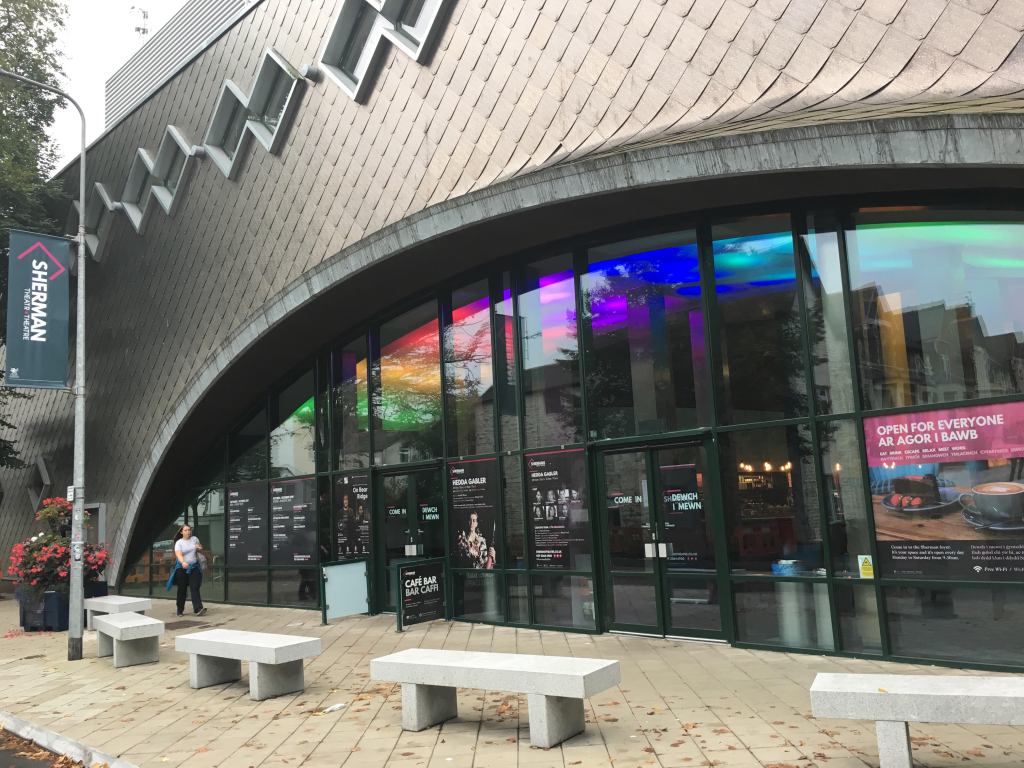
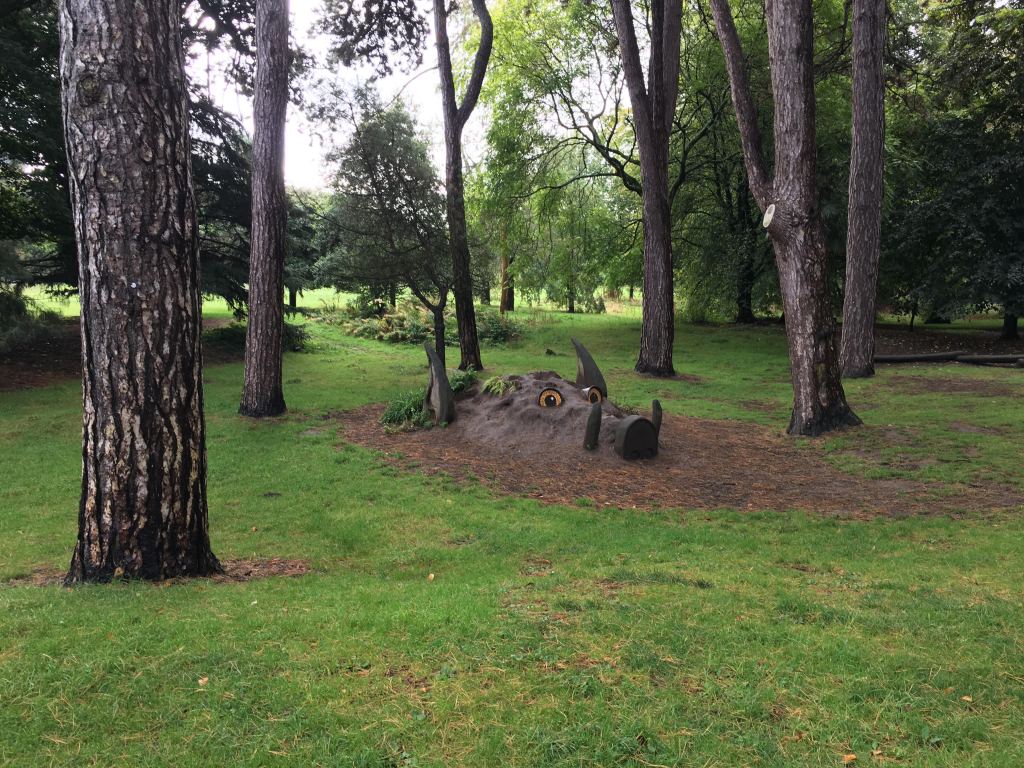
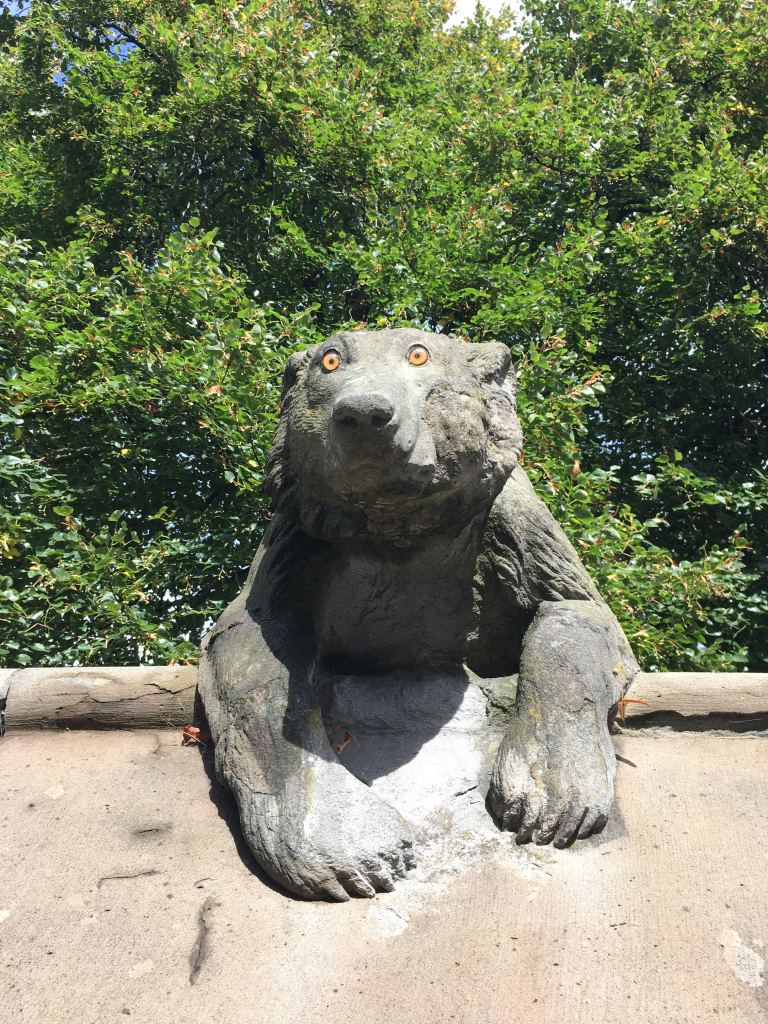
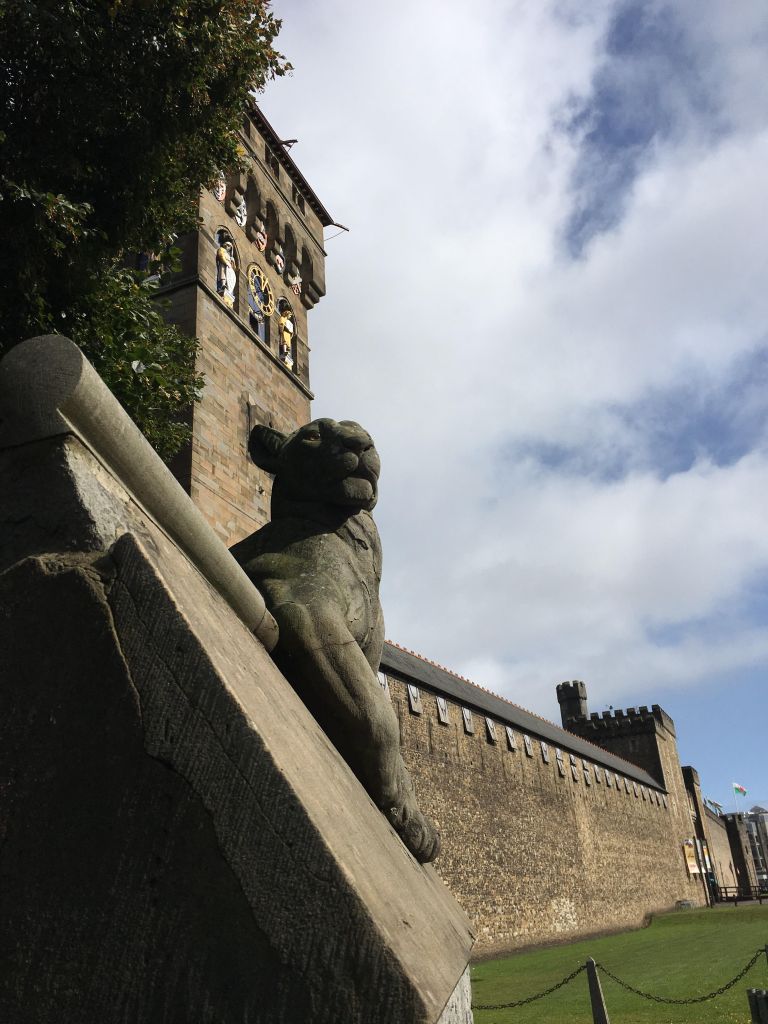
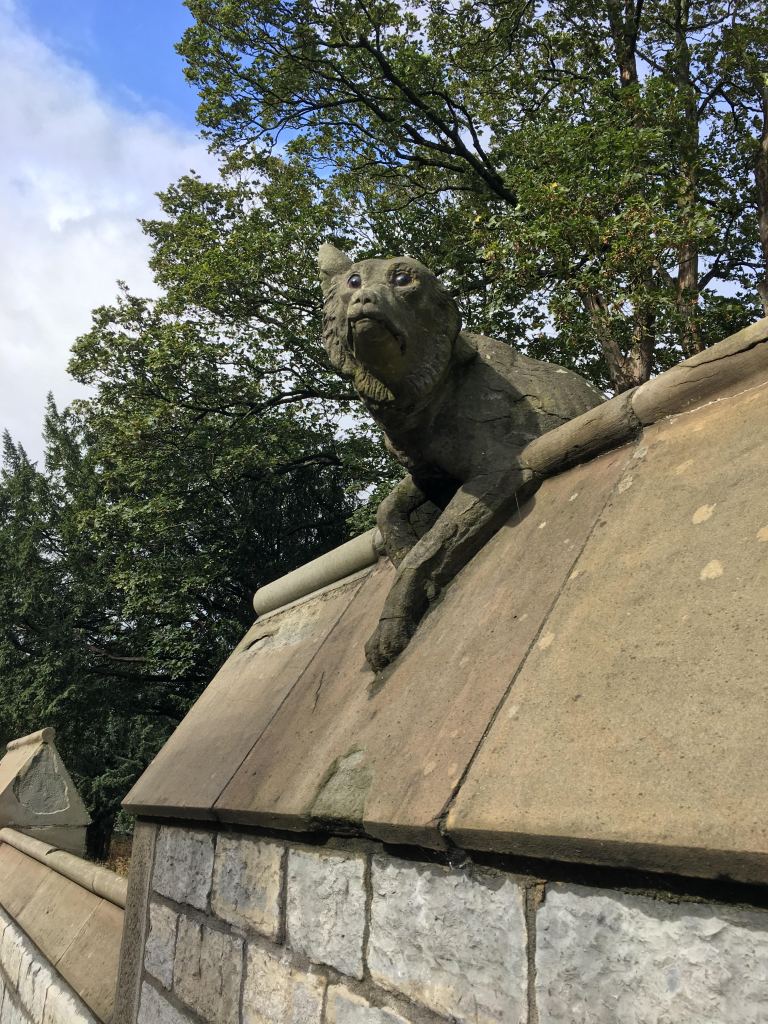
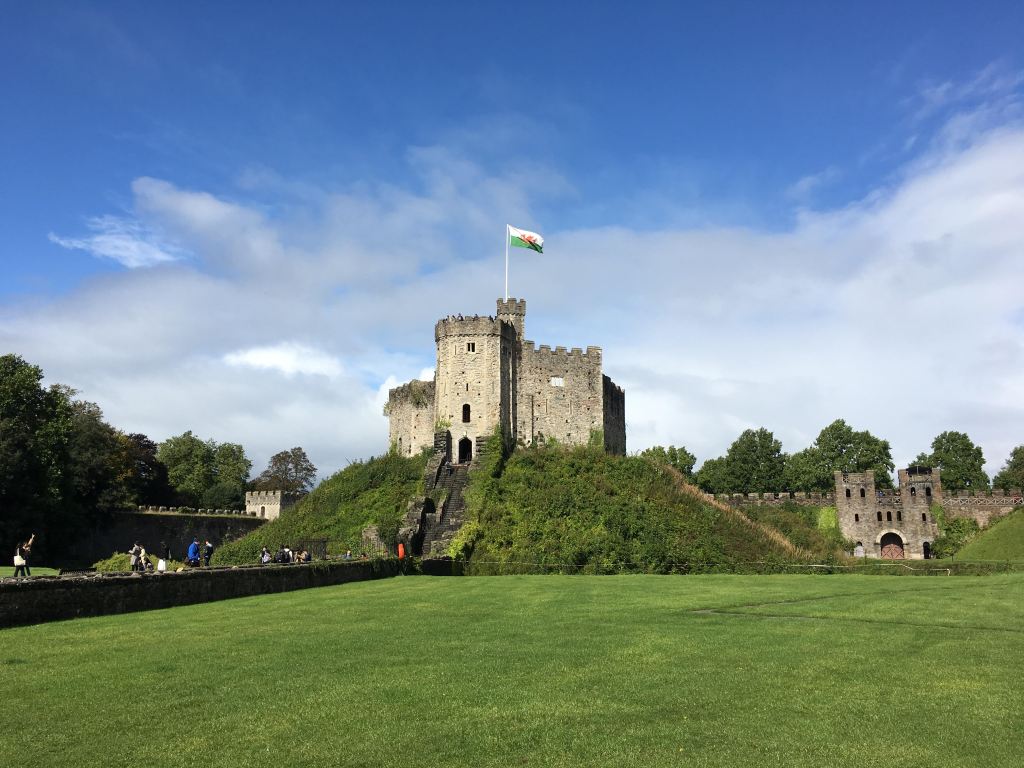
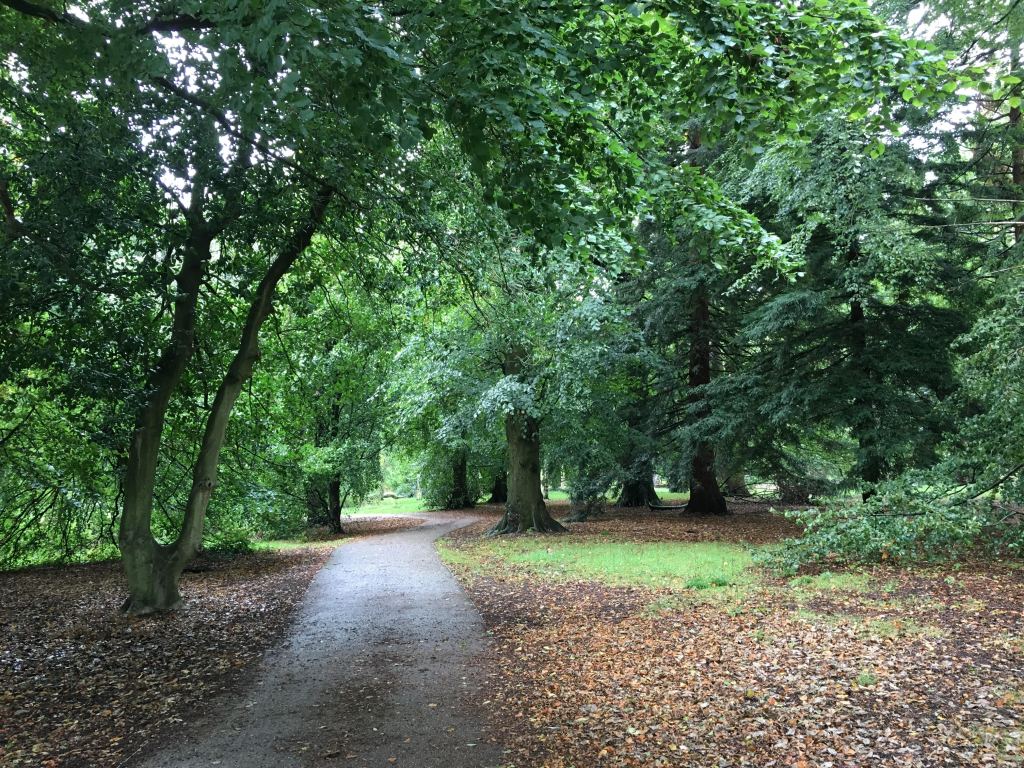
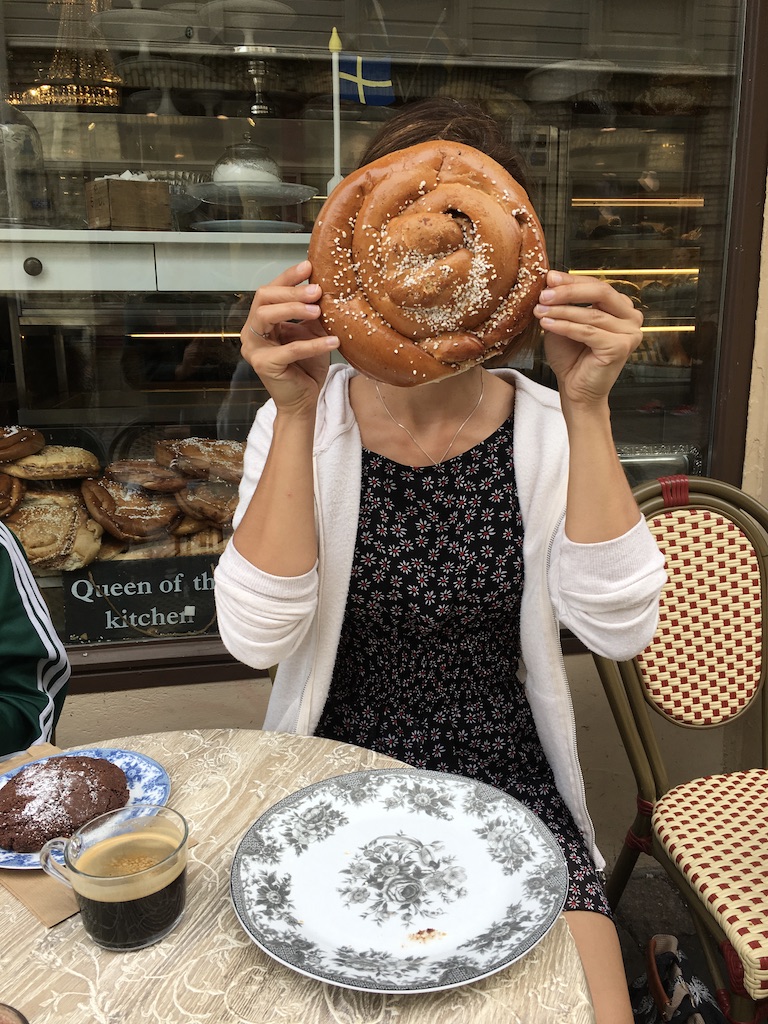

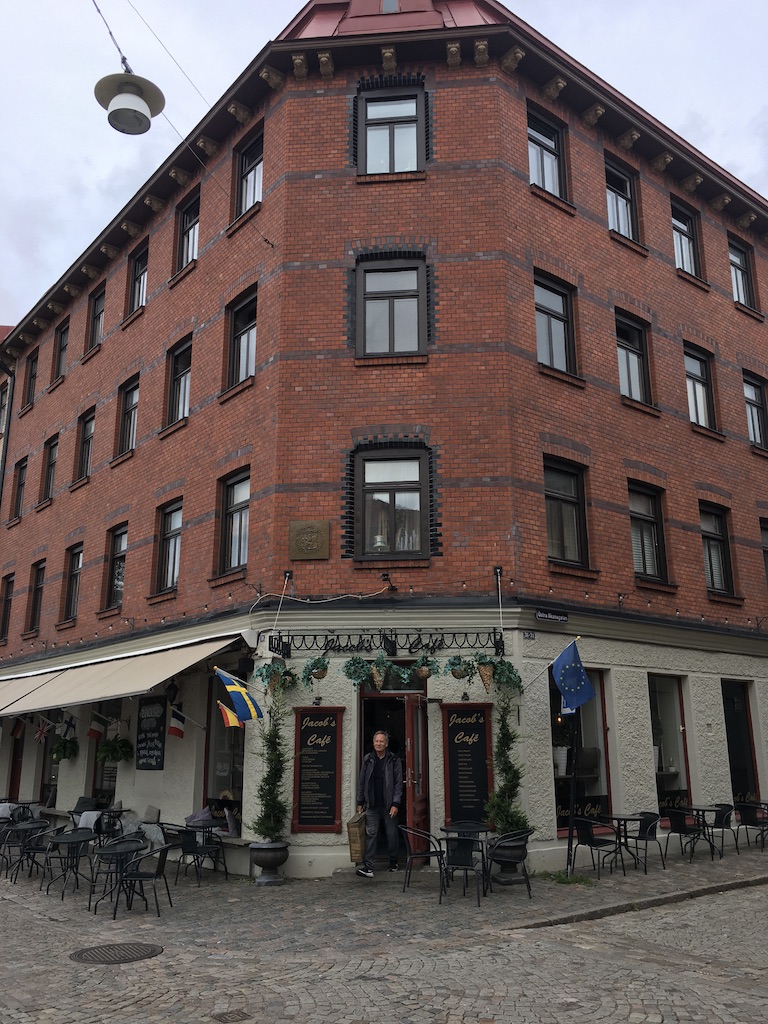
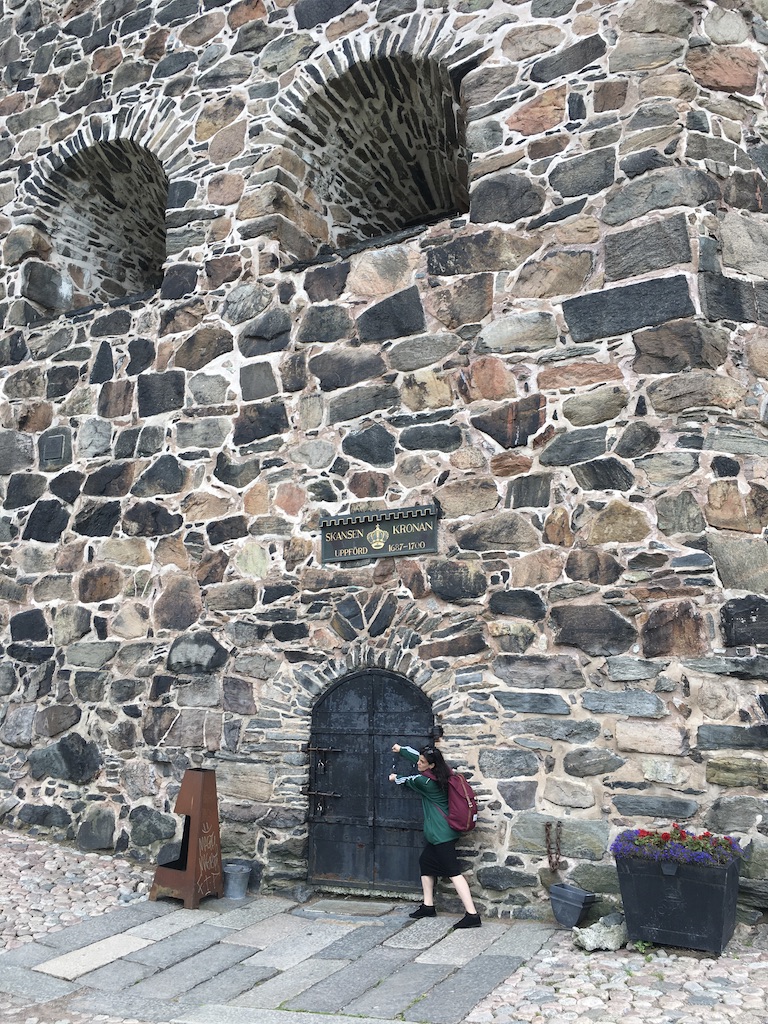
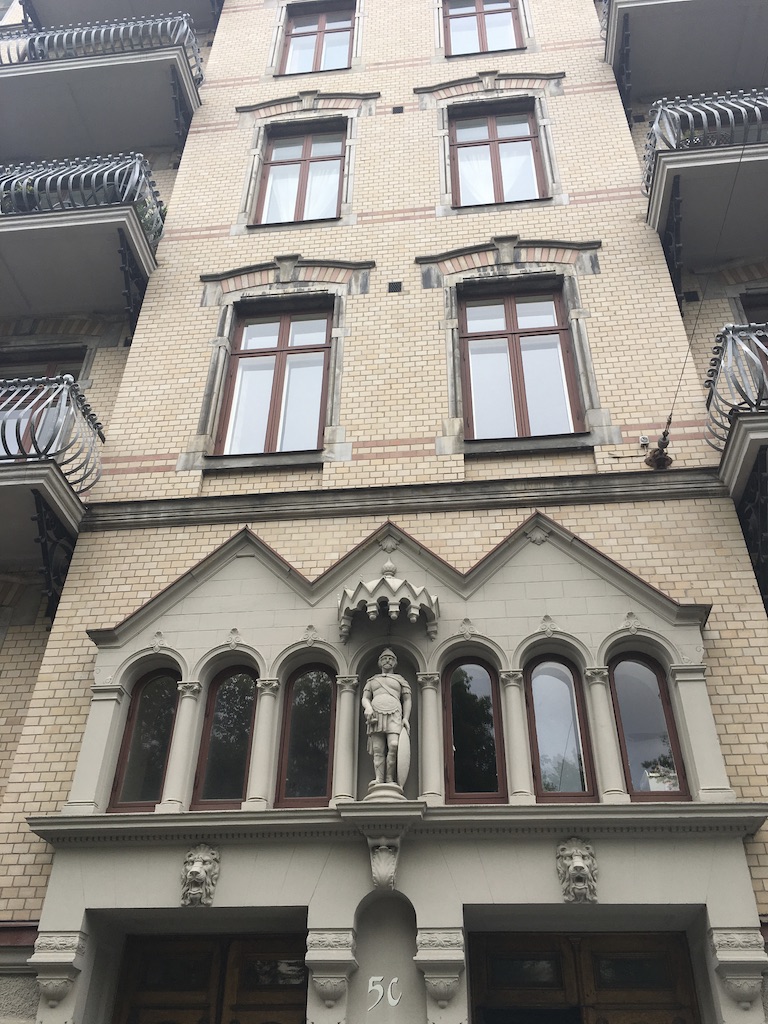
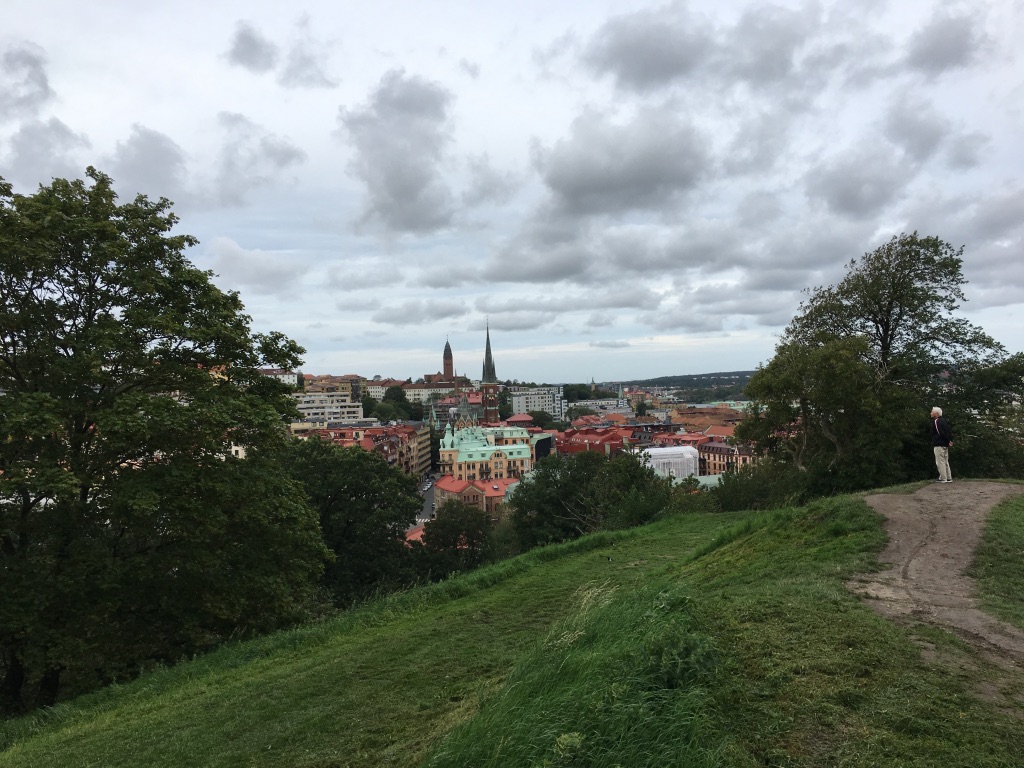
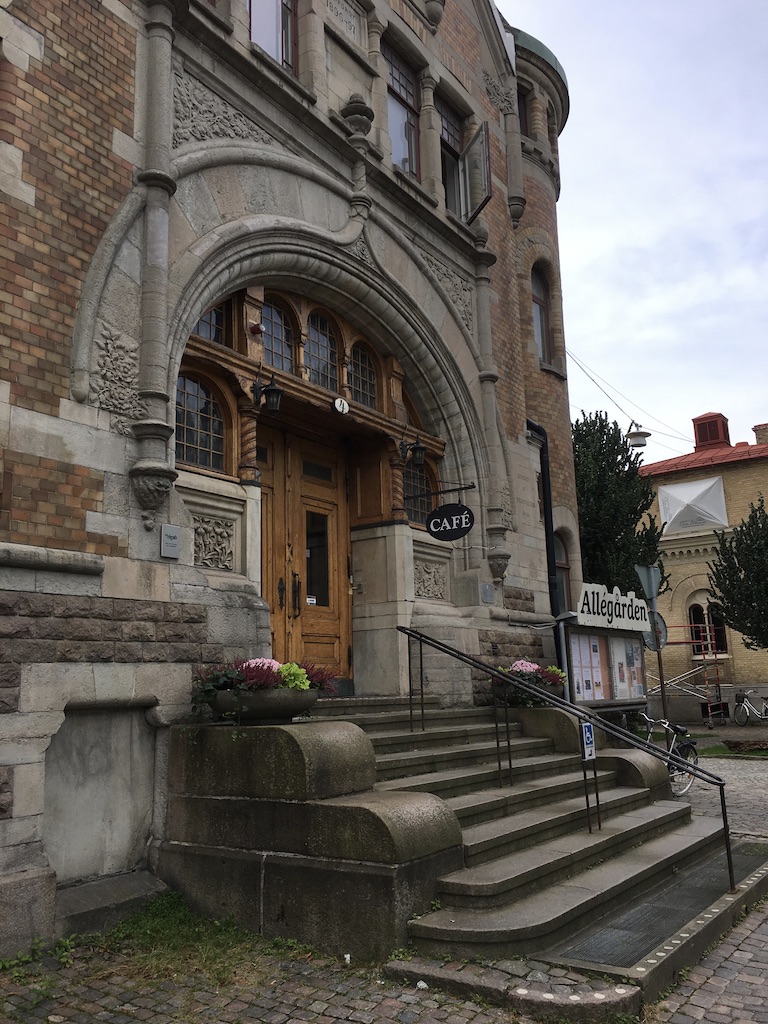
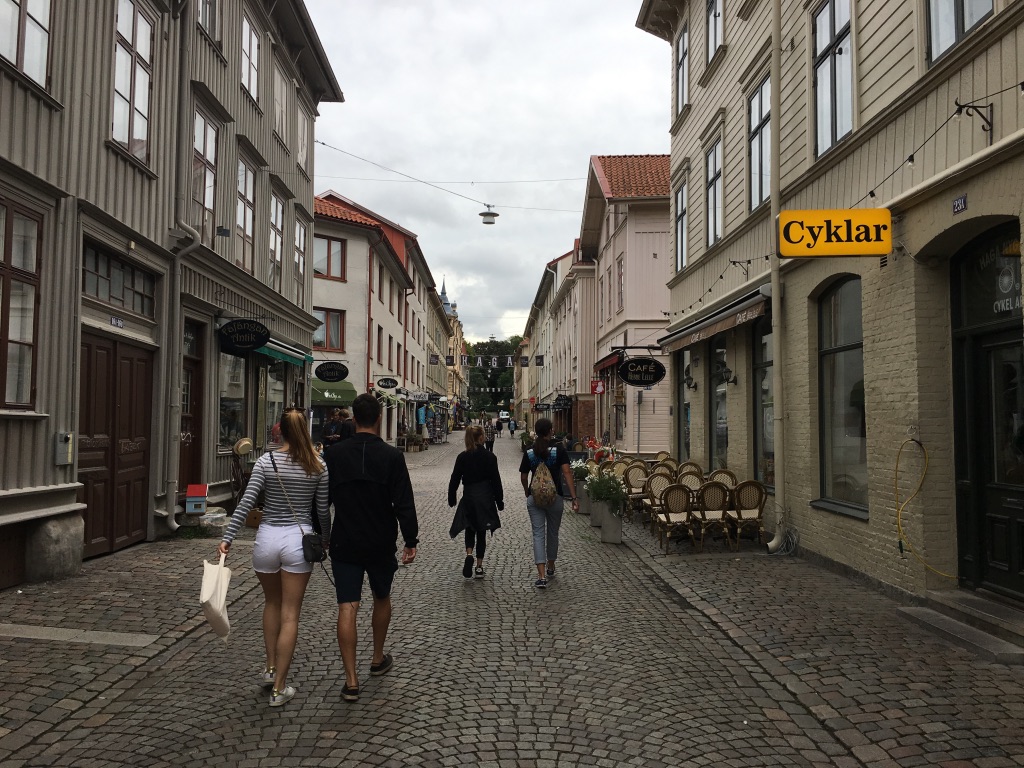
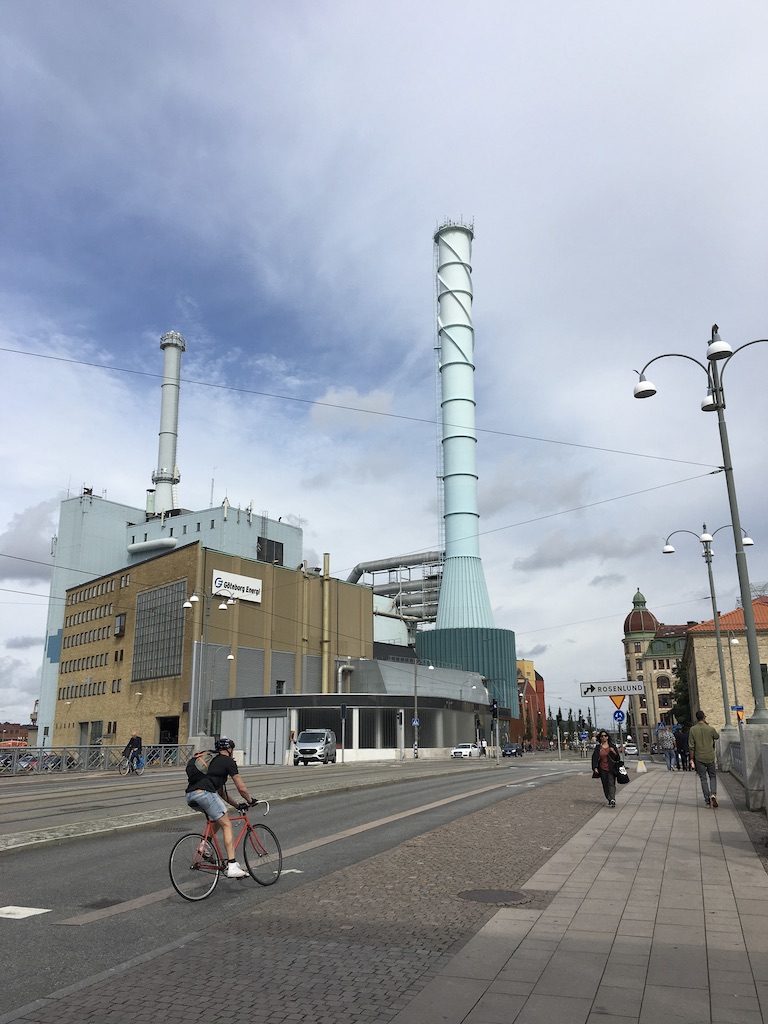
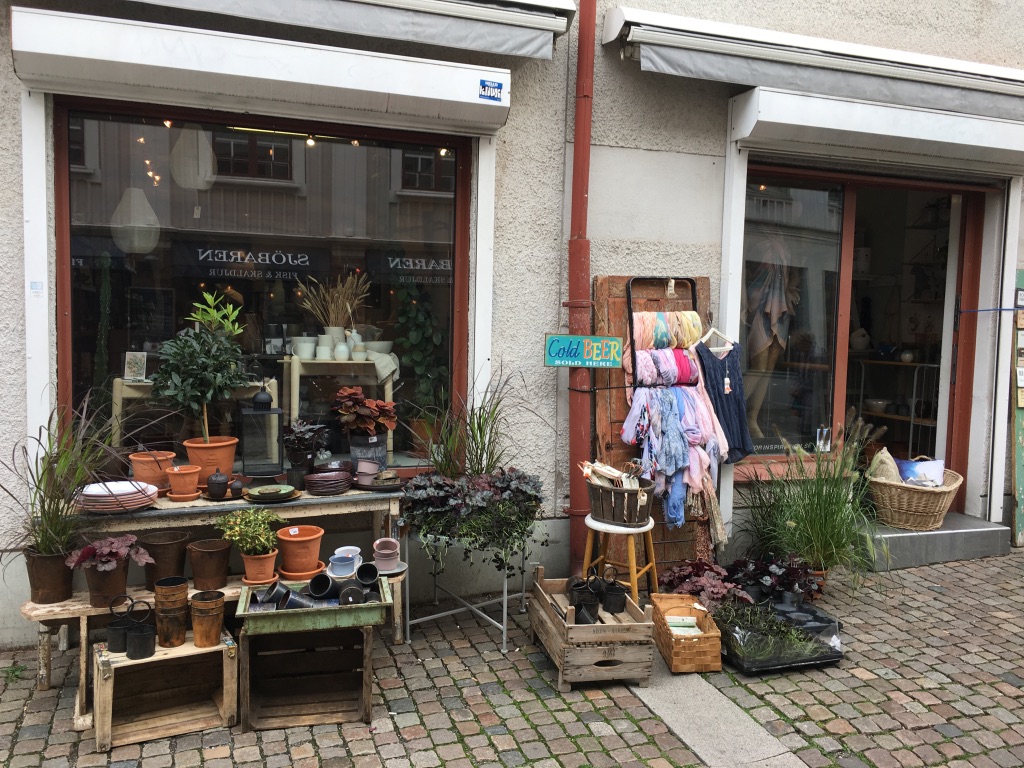
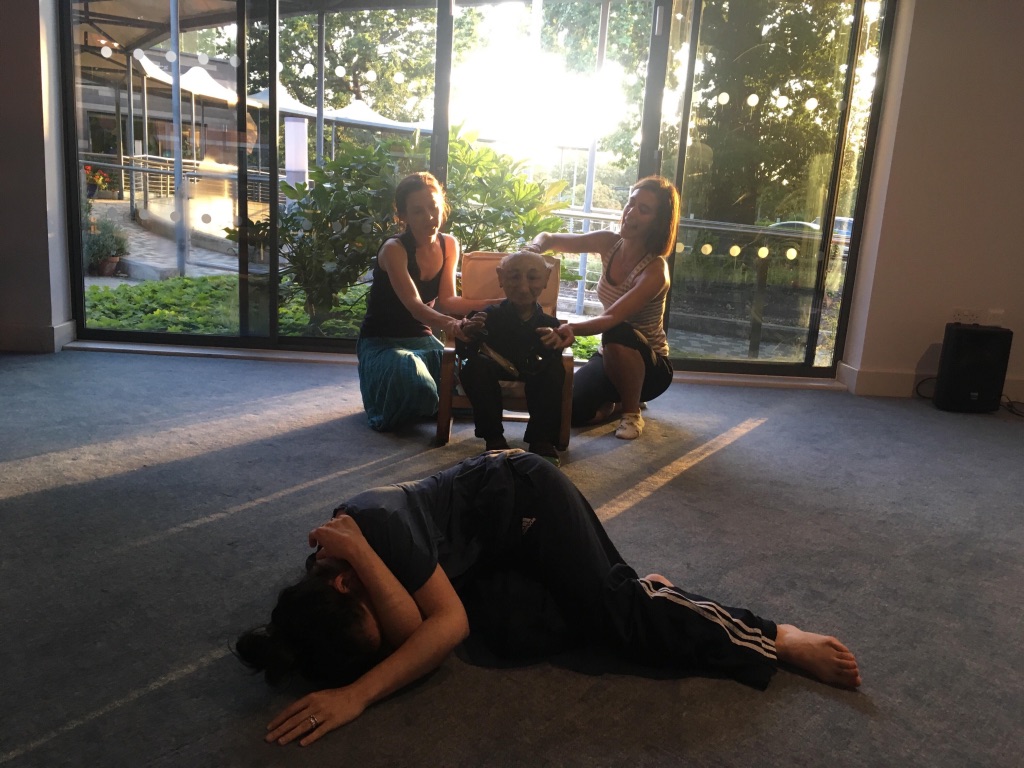
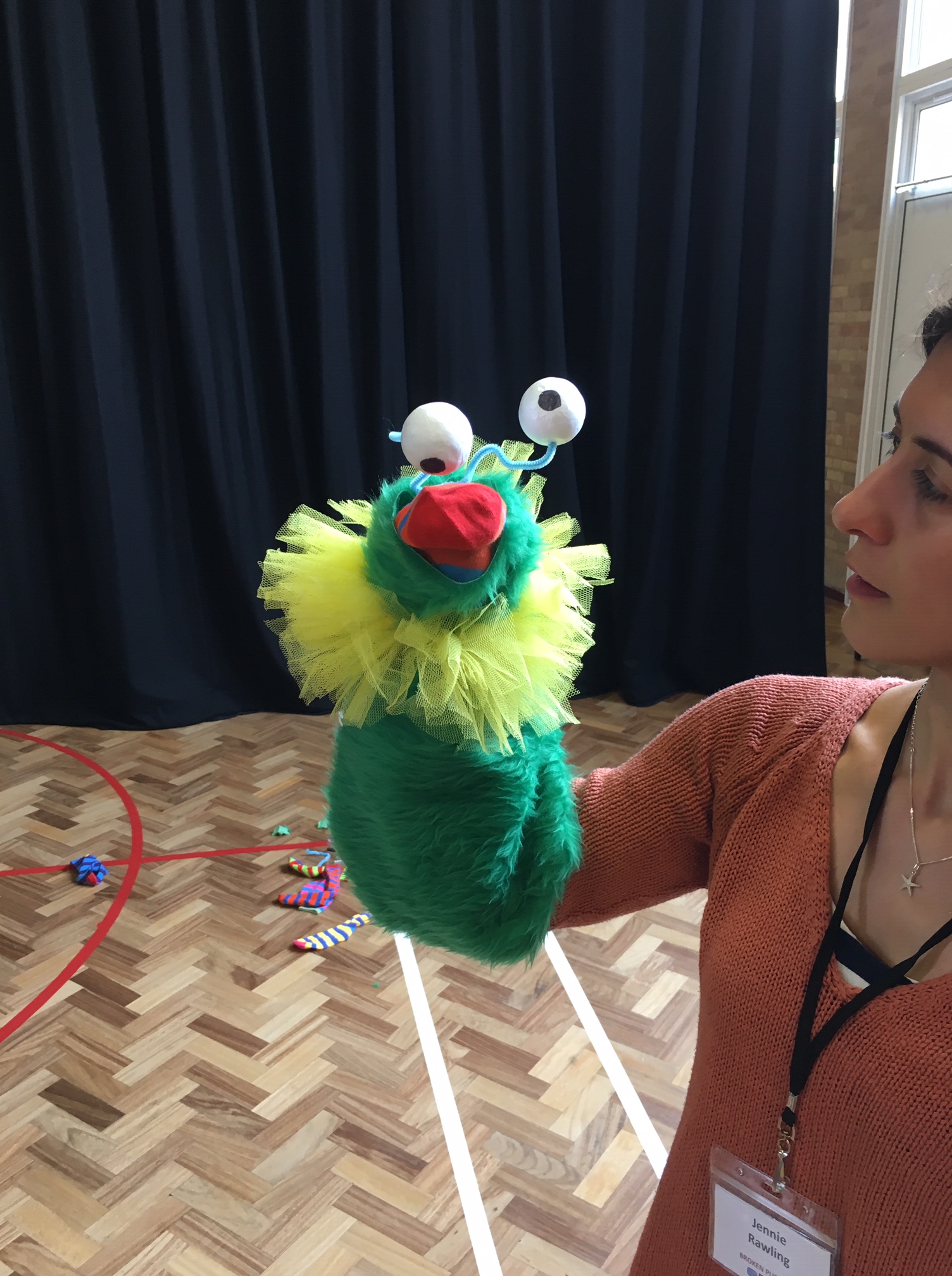
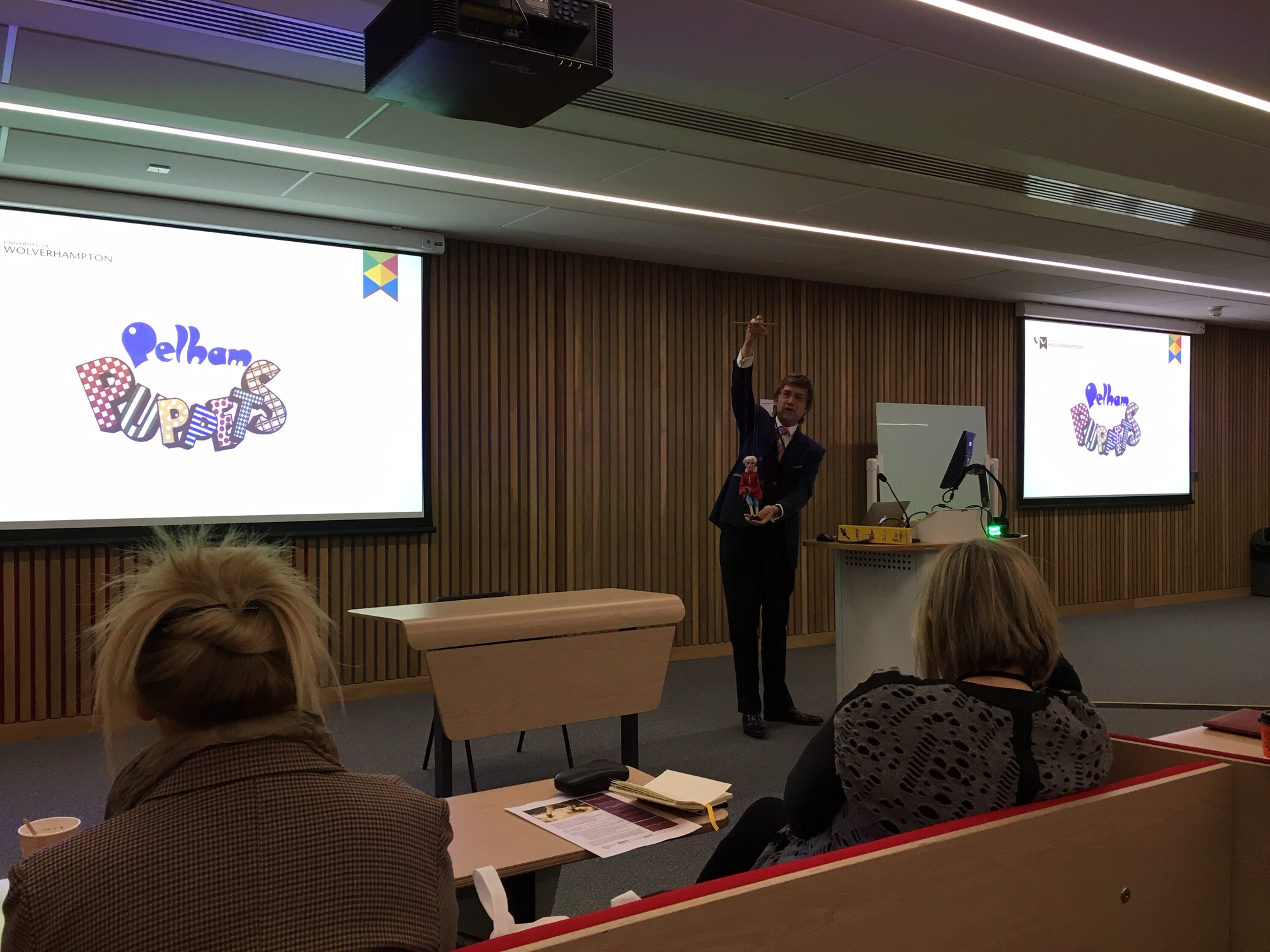
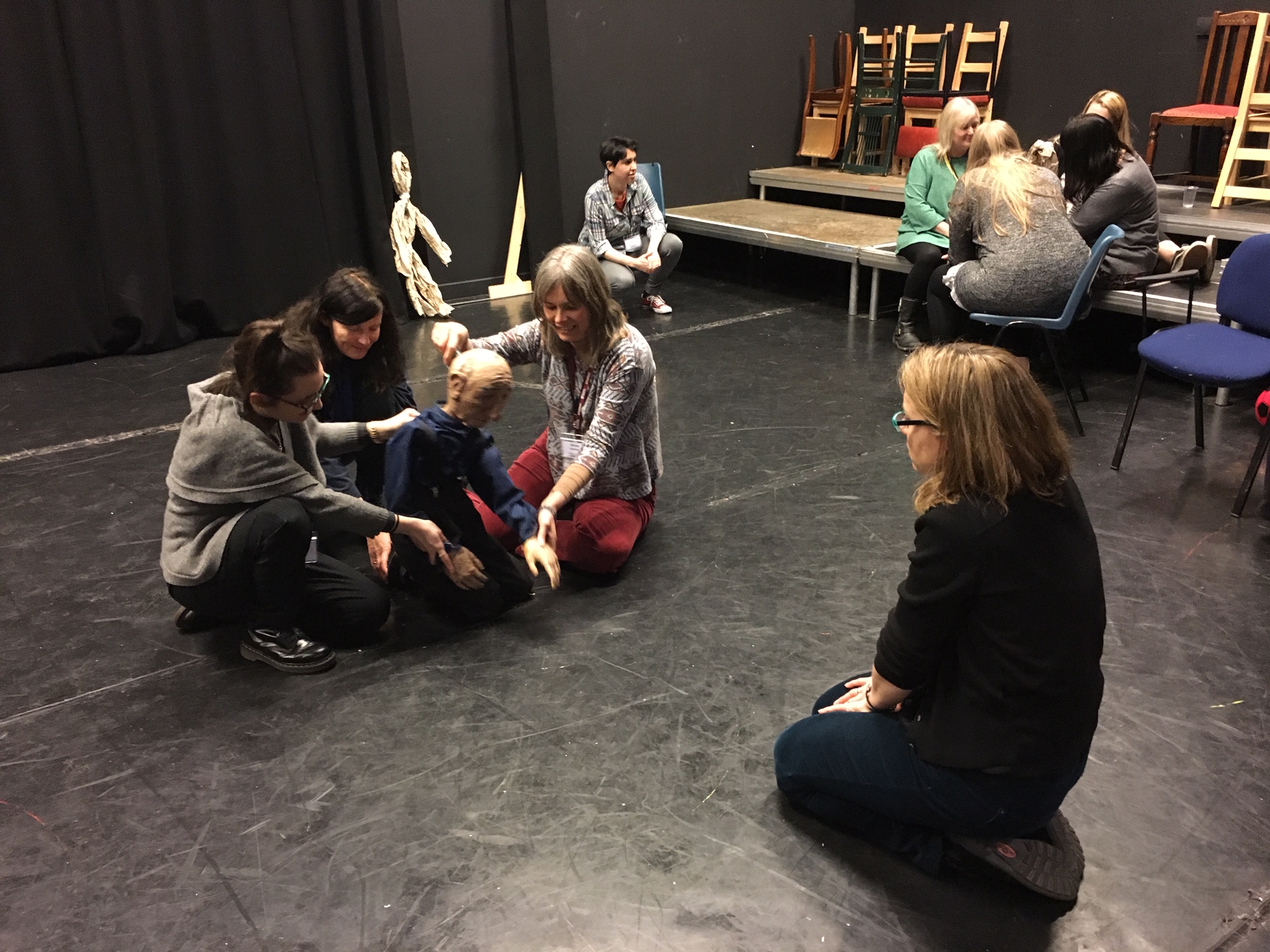
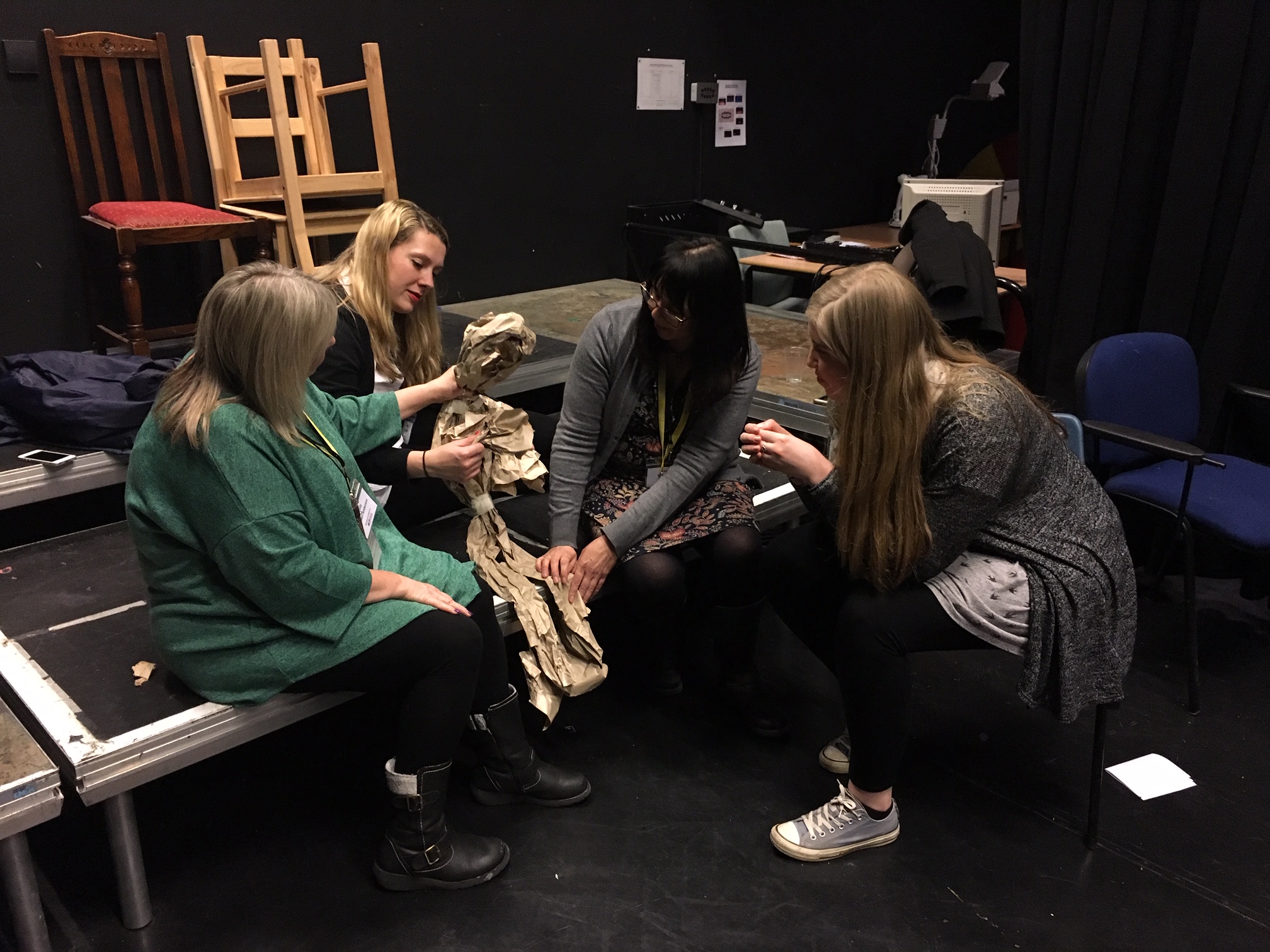
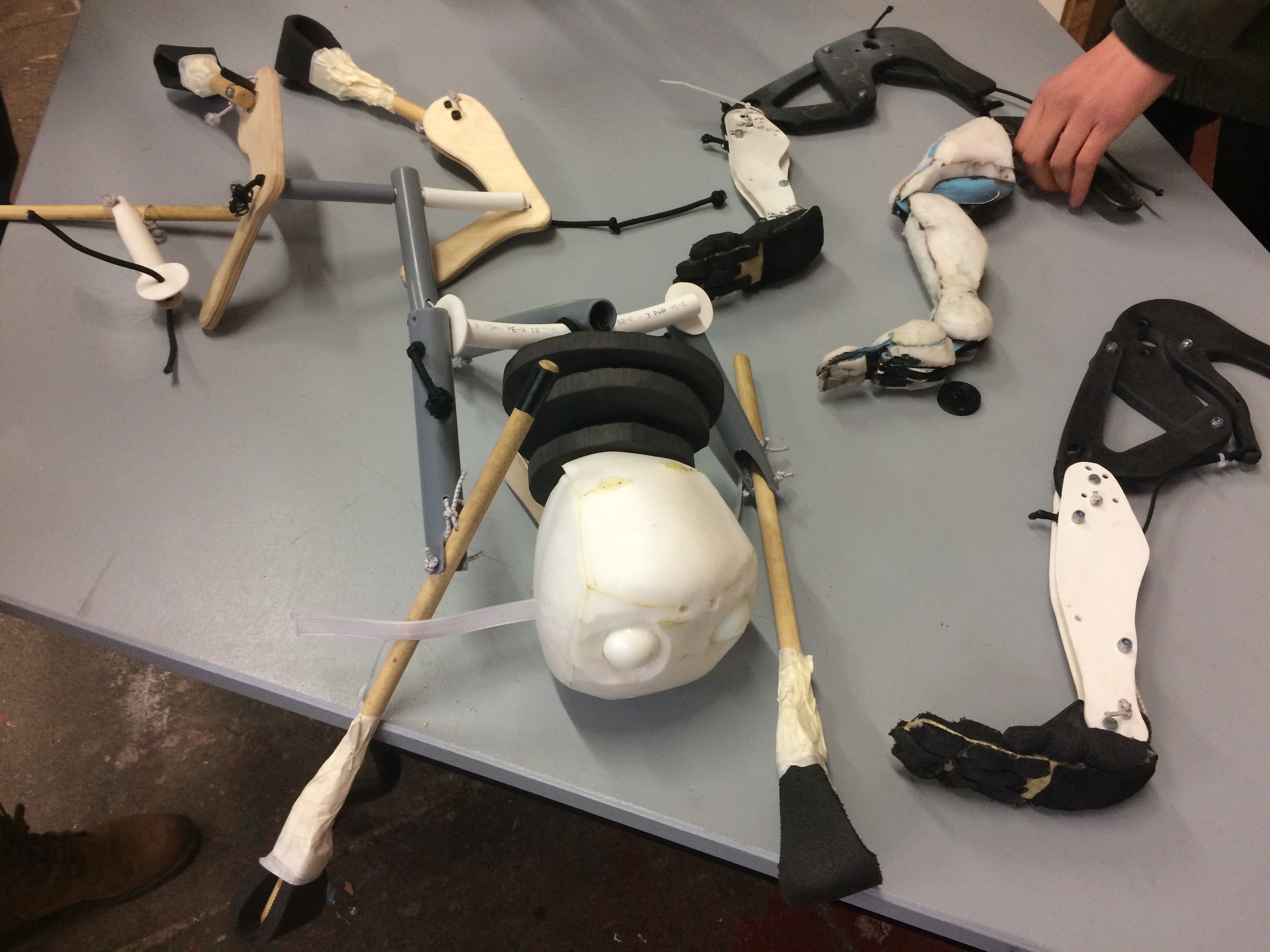
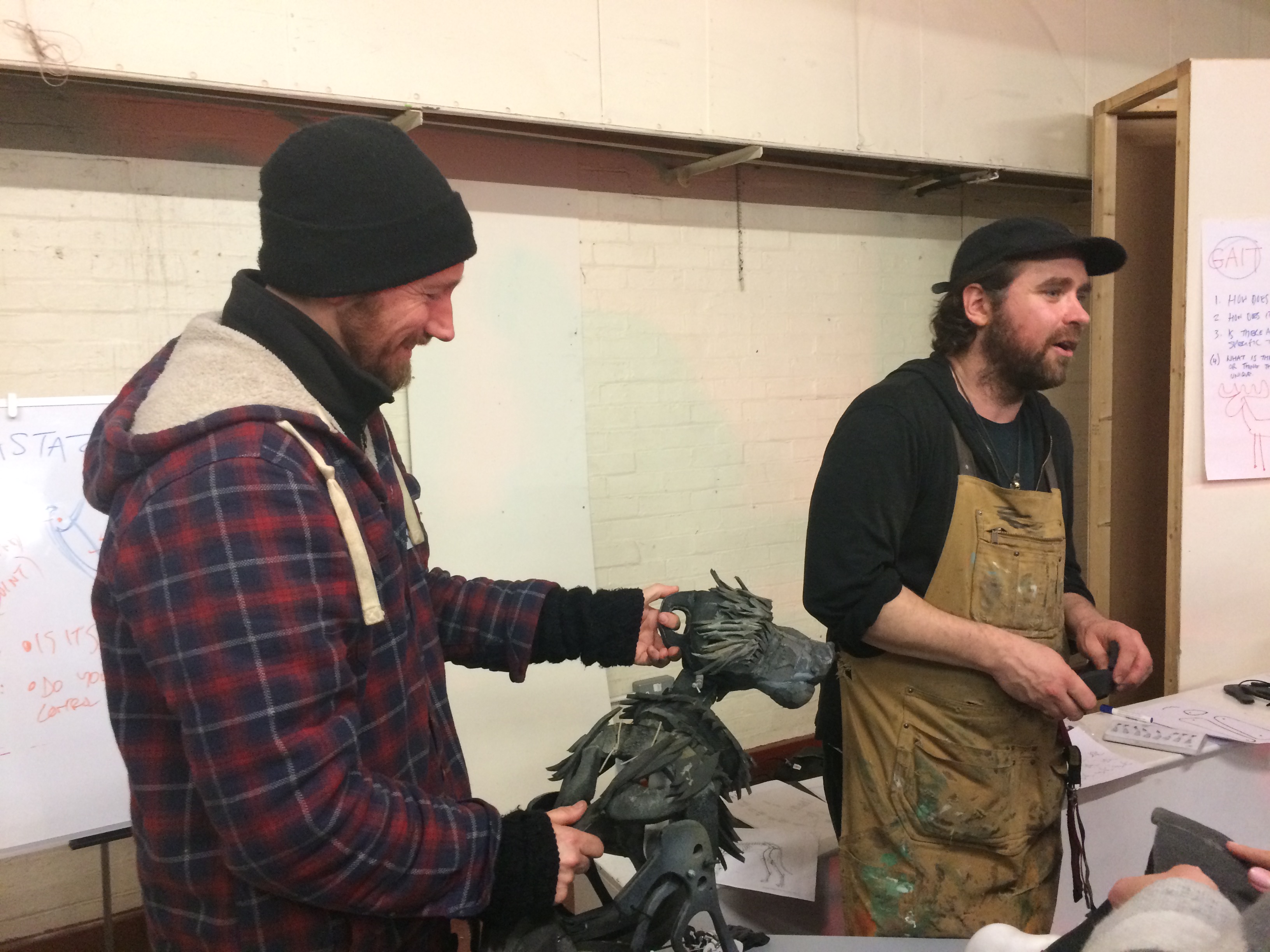
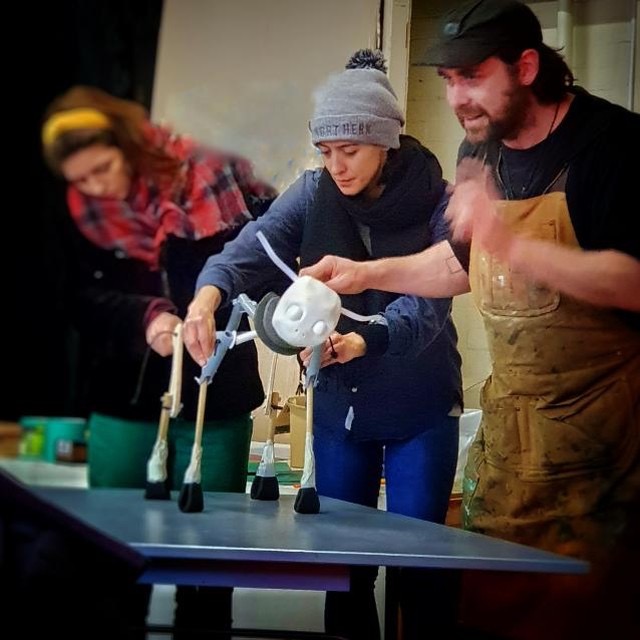
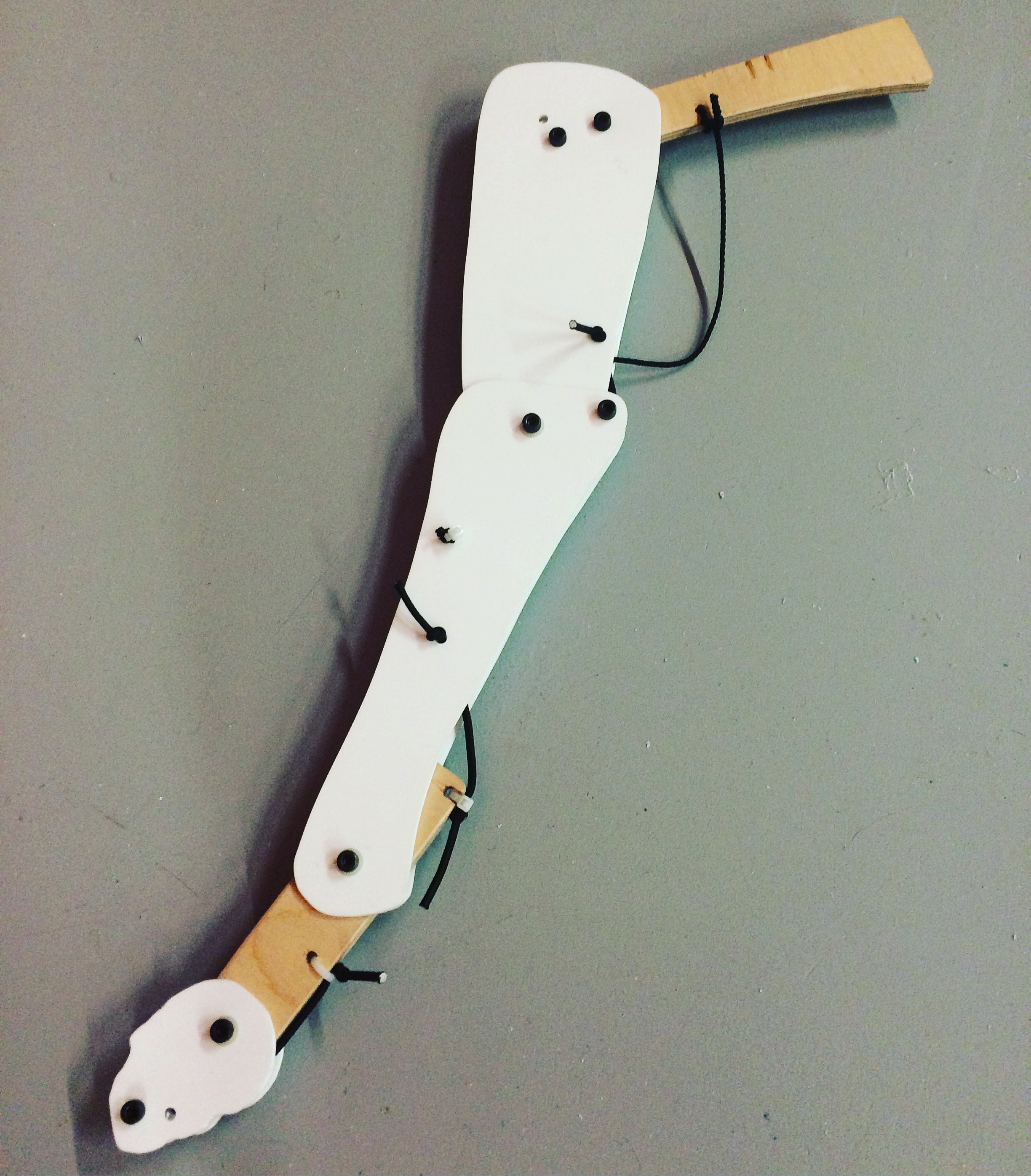
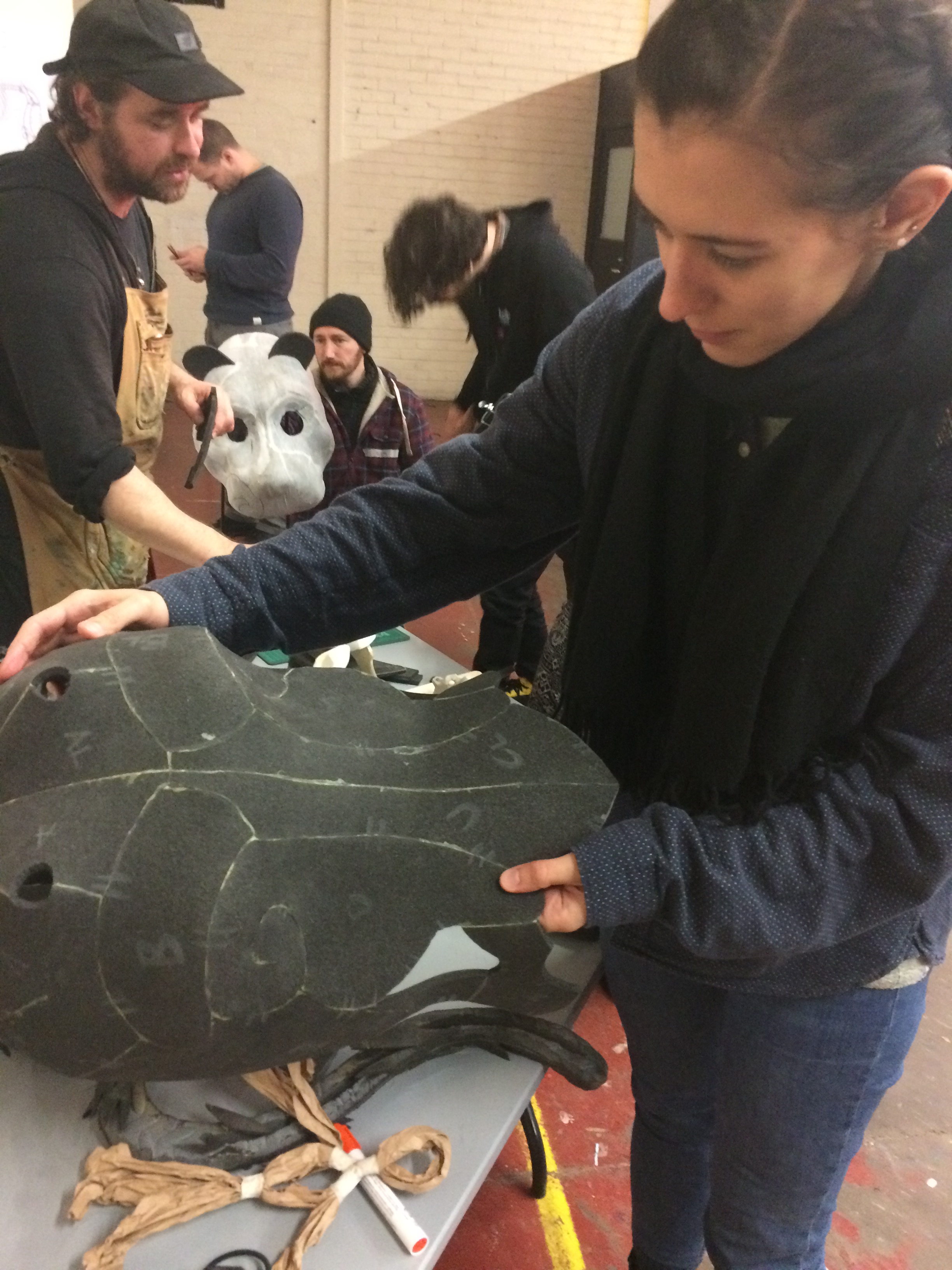
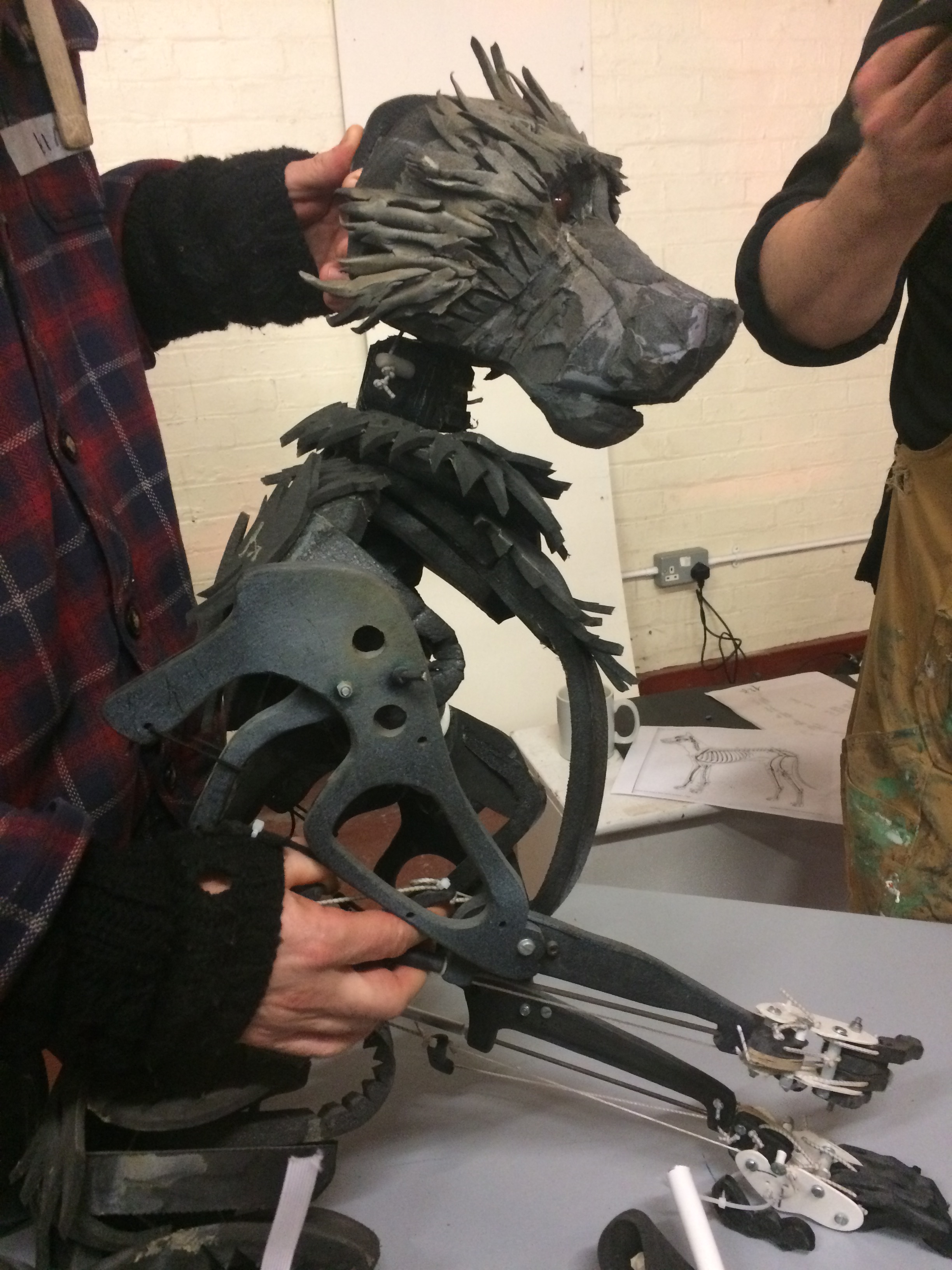
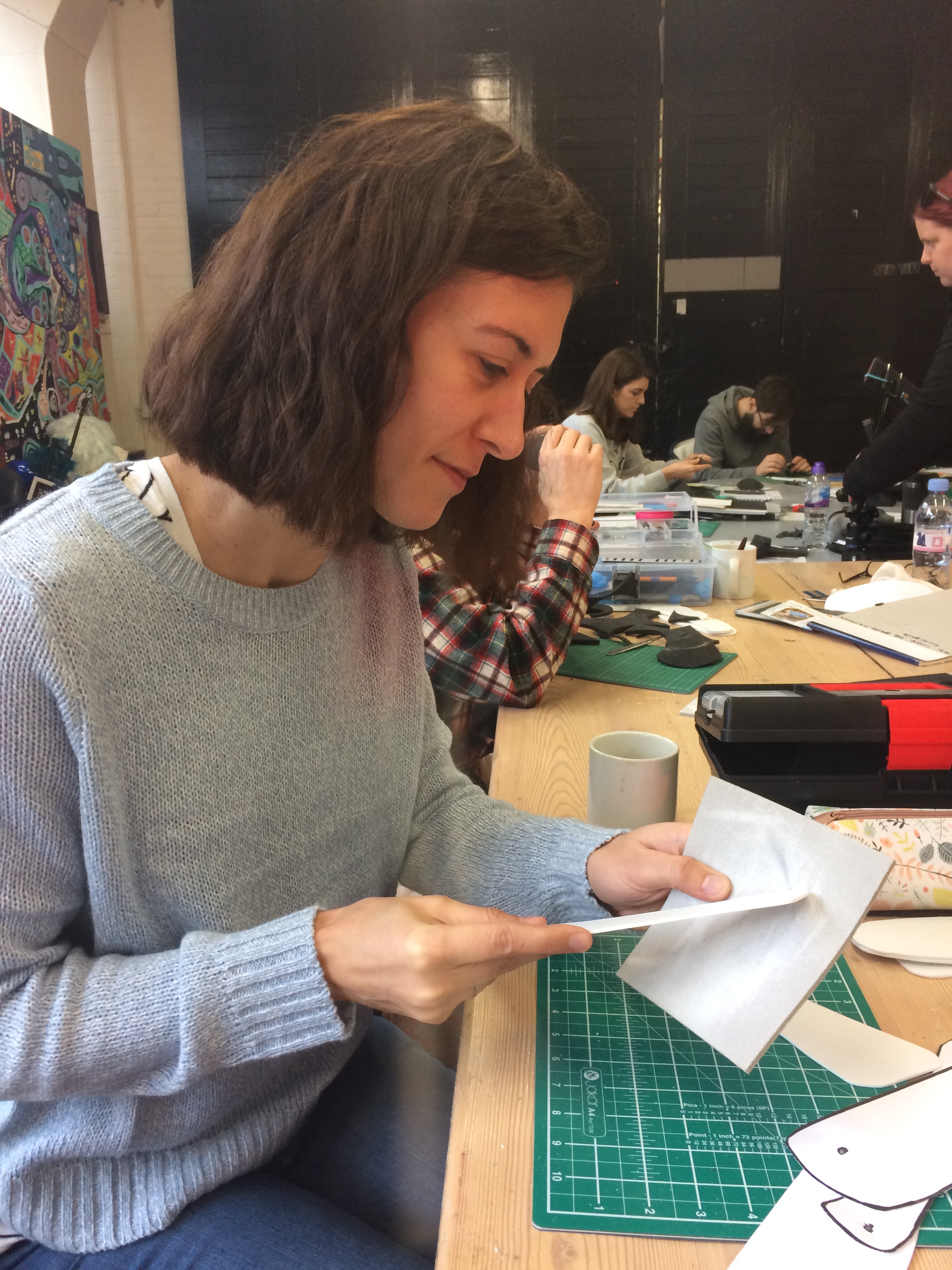
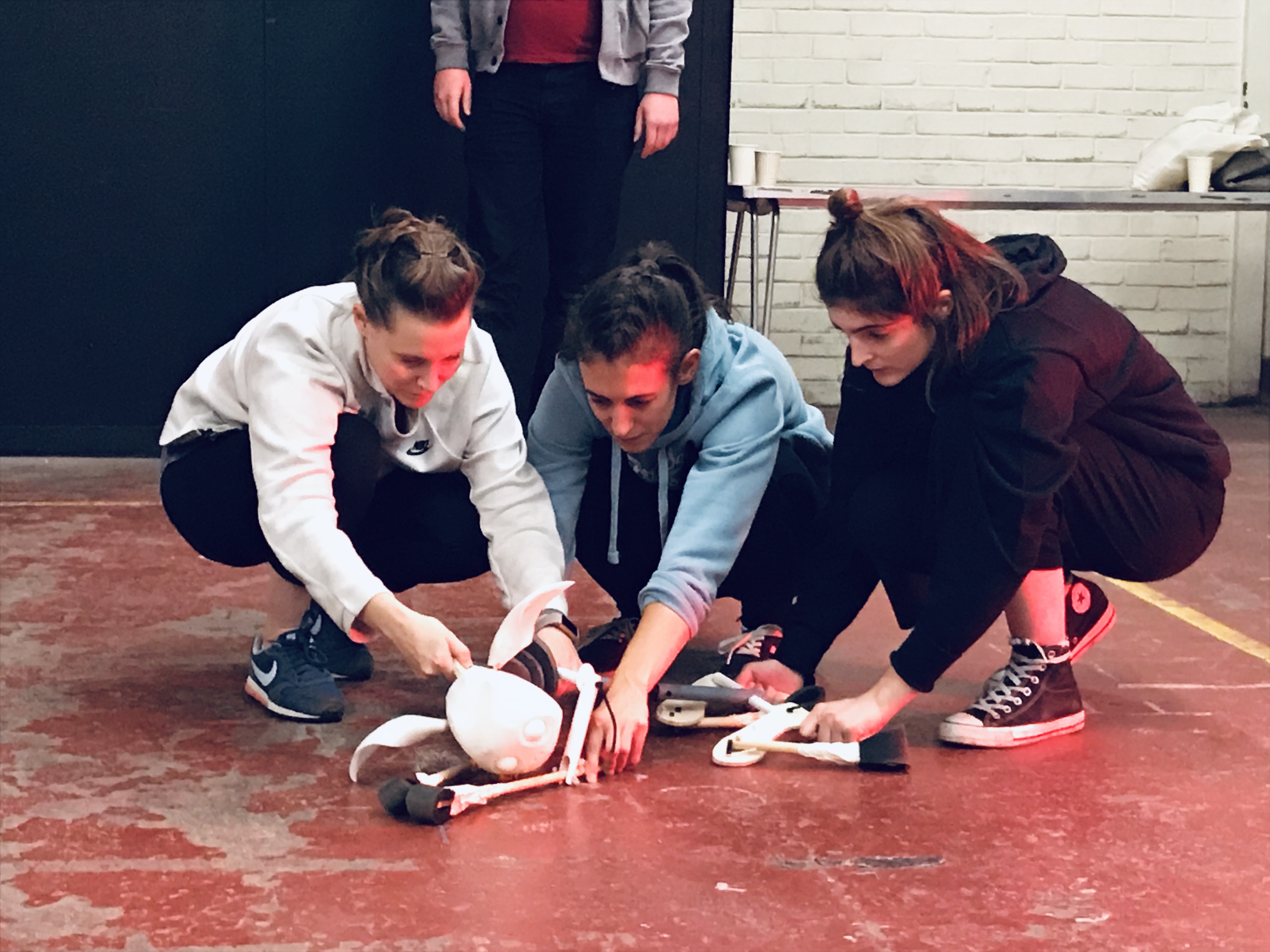
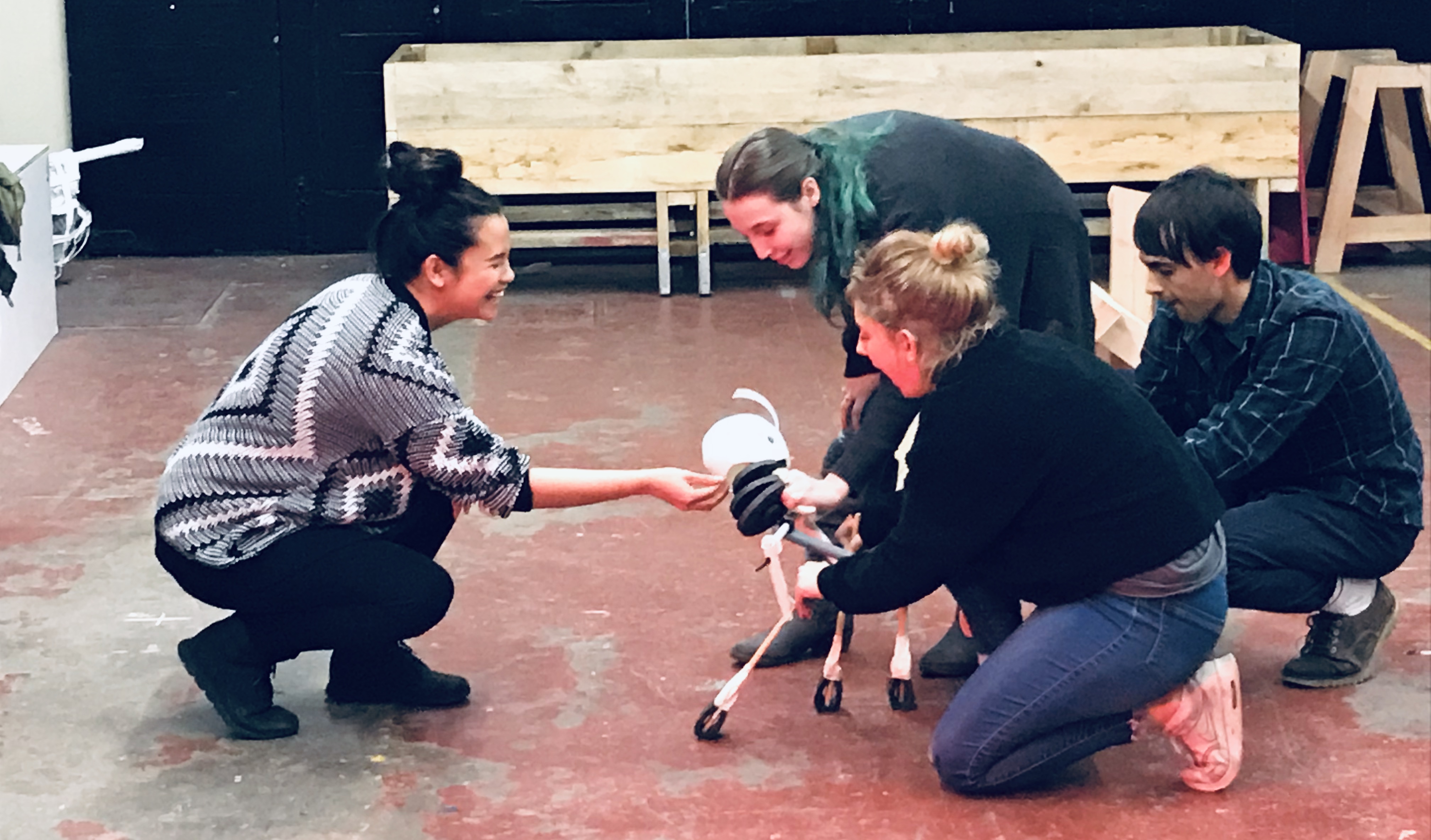
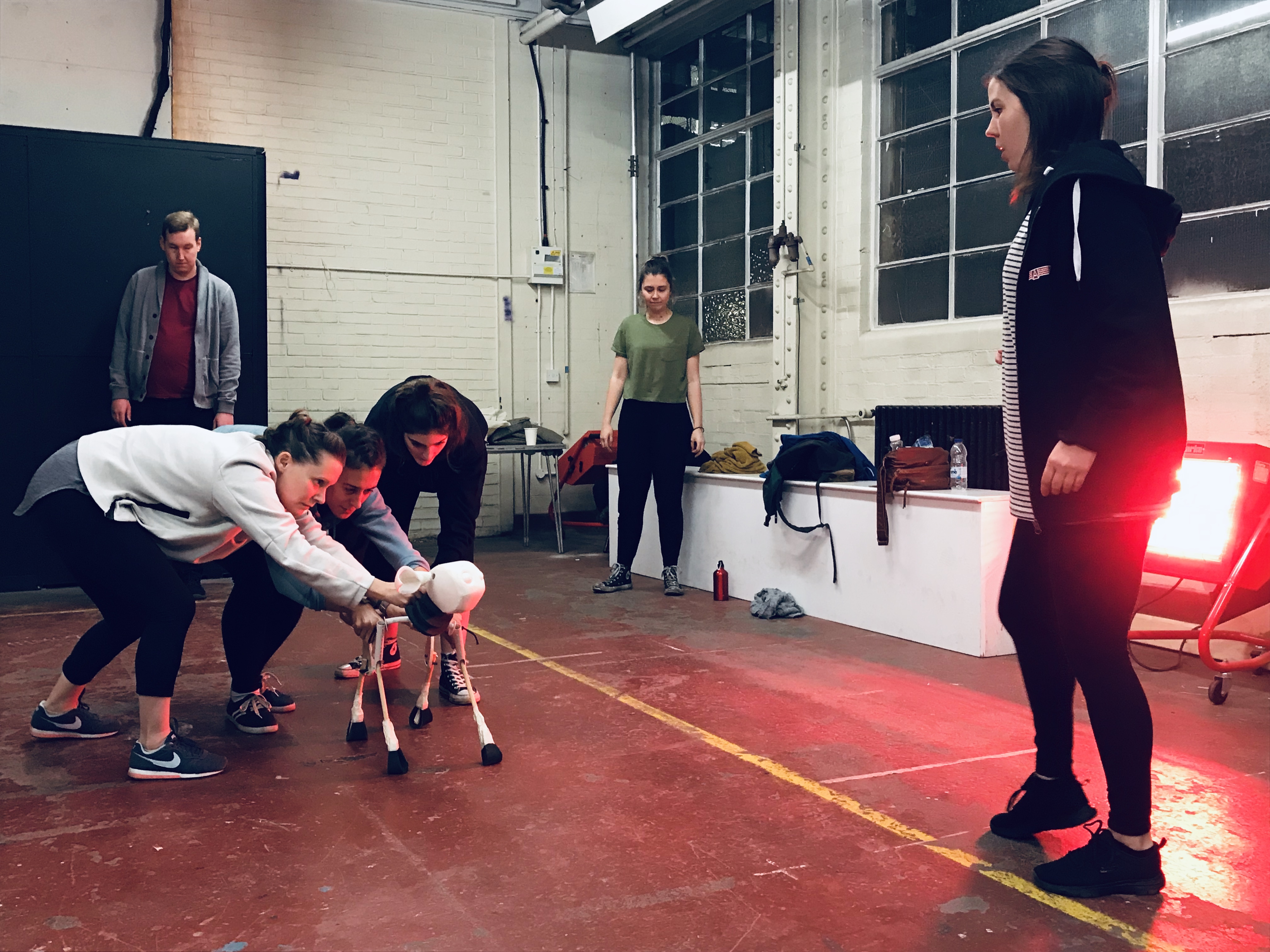
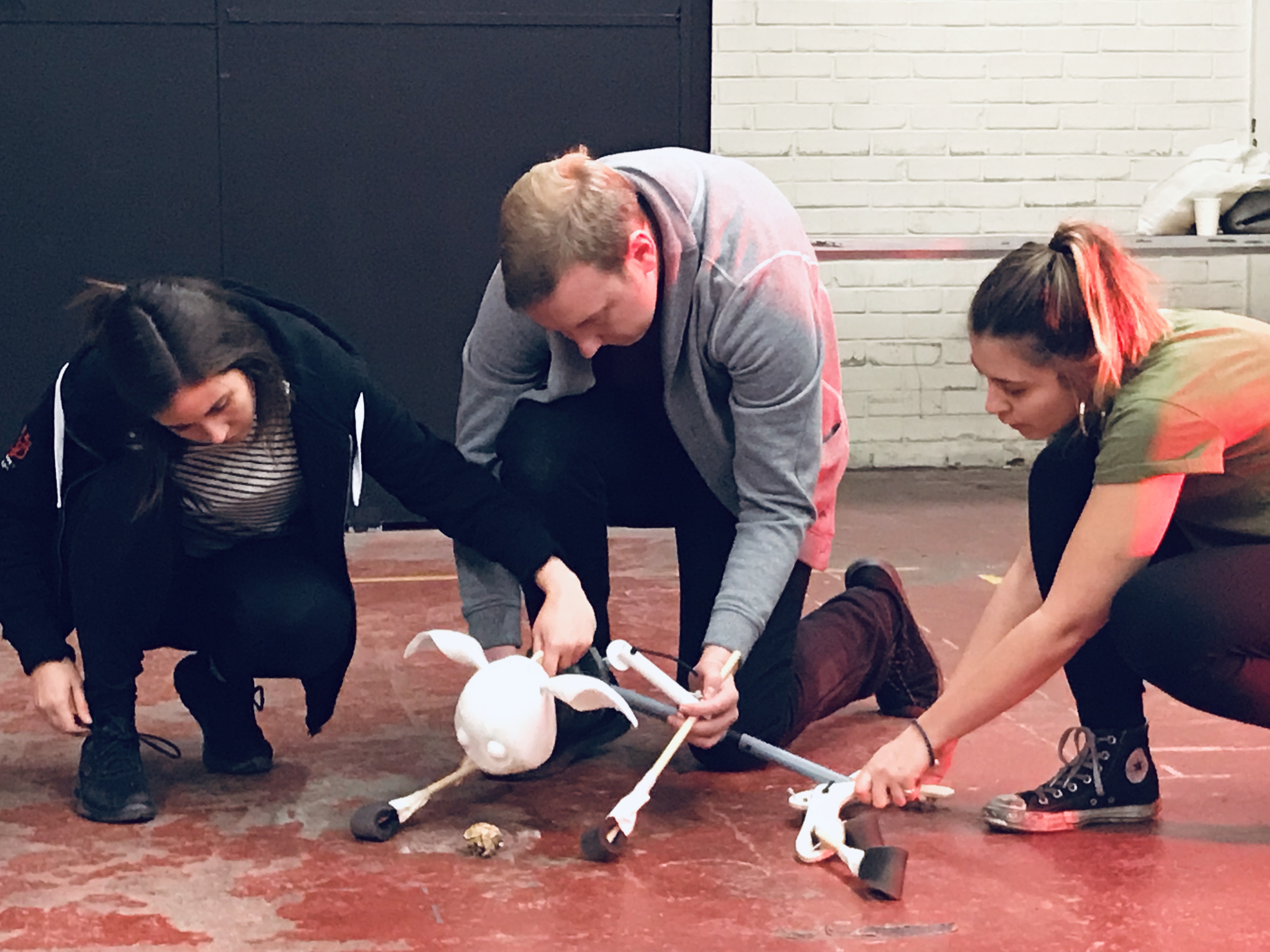
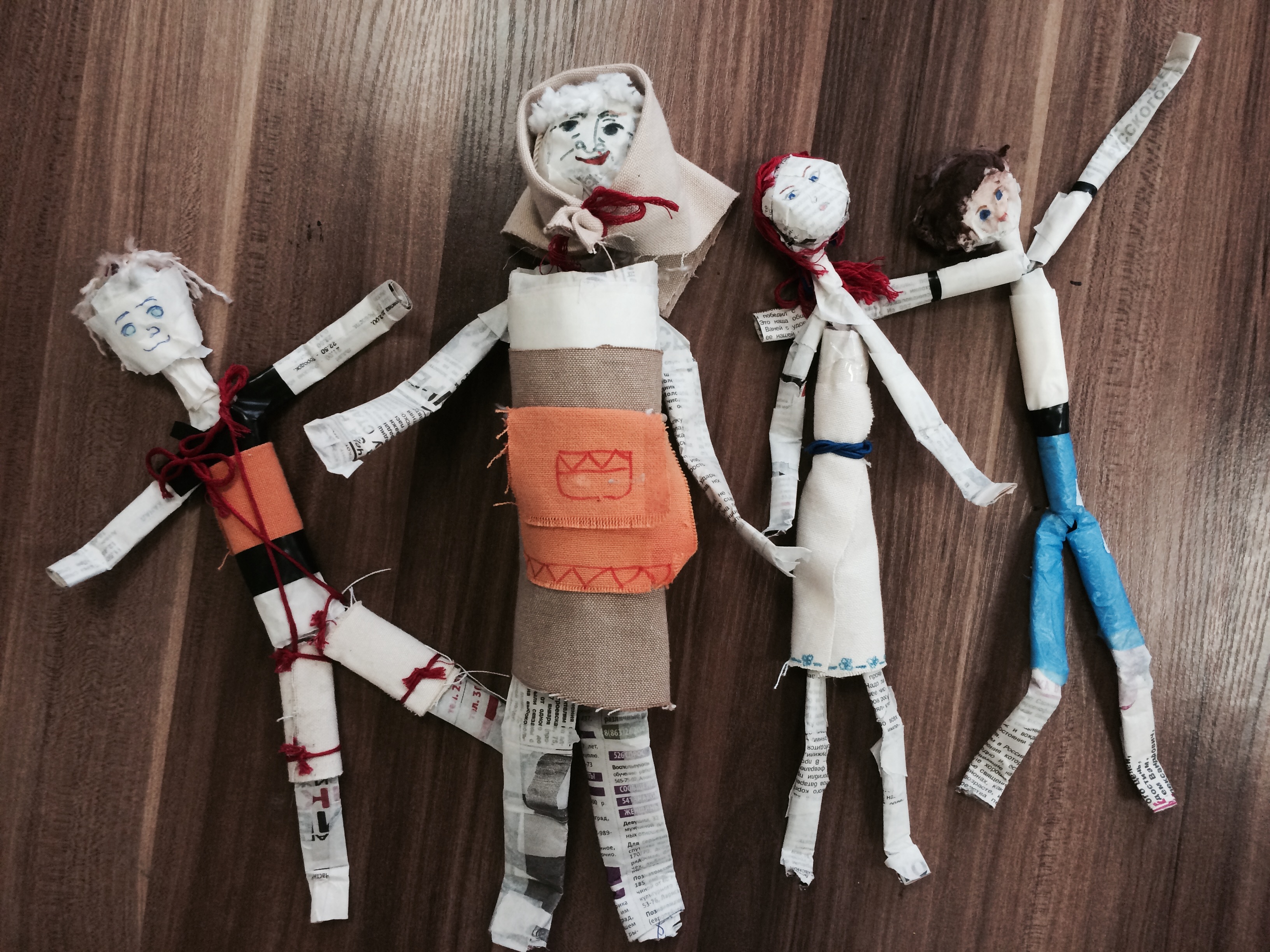
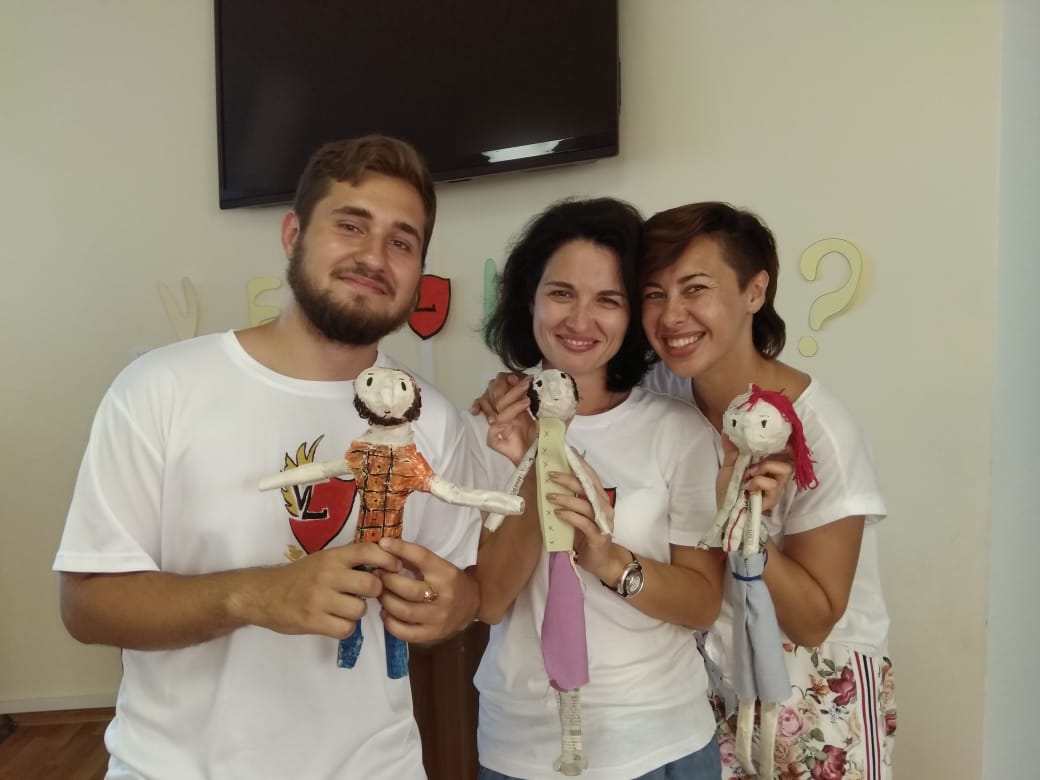
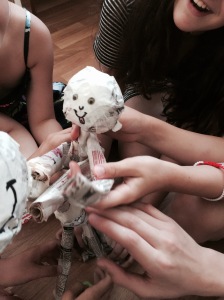 They were all enthusiastic about the puppetry, even if a little daunted when I first told them they were going to create and perform puppet shows to their peers. Natural leaders emerged within the groups, and I worked with them to ensure that everyone in each community had a role, while trying to make sure the leaders weren’t relied on too heavily by everyone else. It became clear which parts of the process each student enjoyed and excelled at or found challenging. One boy struggled to engage with the devising process, but as soon as we started making the puppets he got stuck right in and his excitement and enthusiasm was wonderful! I could see him working through problems and coming up with different solutions as he tried this way of attaching the neck or that way of creating a shoulder joint.
They were all enthusiastic about the puppetry, even if a little daunted when I first told them they were going to create and perform puppet shows to their peers. Natural leaders emerged within the groups, and I worked with them to ensure that everyone in each community had a role, while trying to make sure the leaders weren’t relied on too heavily by everyone else. It became clear which parts of the process each student enjoyed and excelled at or found challenging. One boy struggled to engage with the devising process, but as soon as we started making the puppets he got stuck right in and his excitement and enthusiasm was wonderful! I could see him working through problems and coming up with different solutions as he tried this way of attaching the neck or that way of creating a shoulder joint.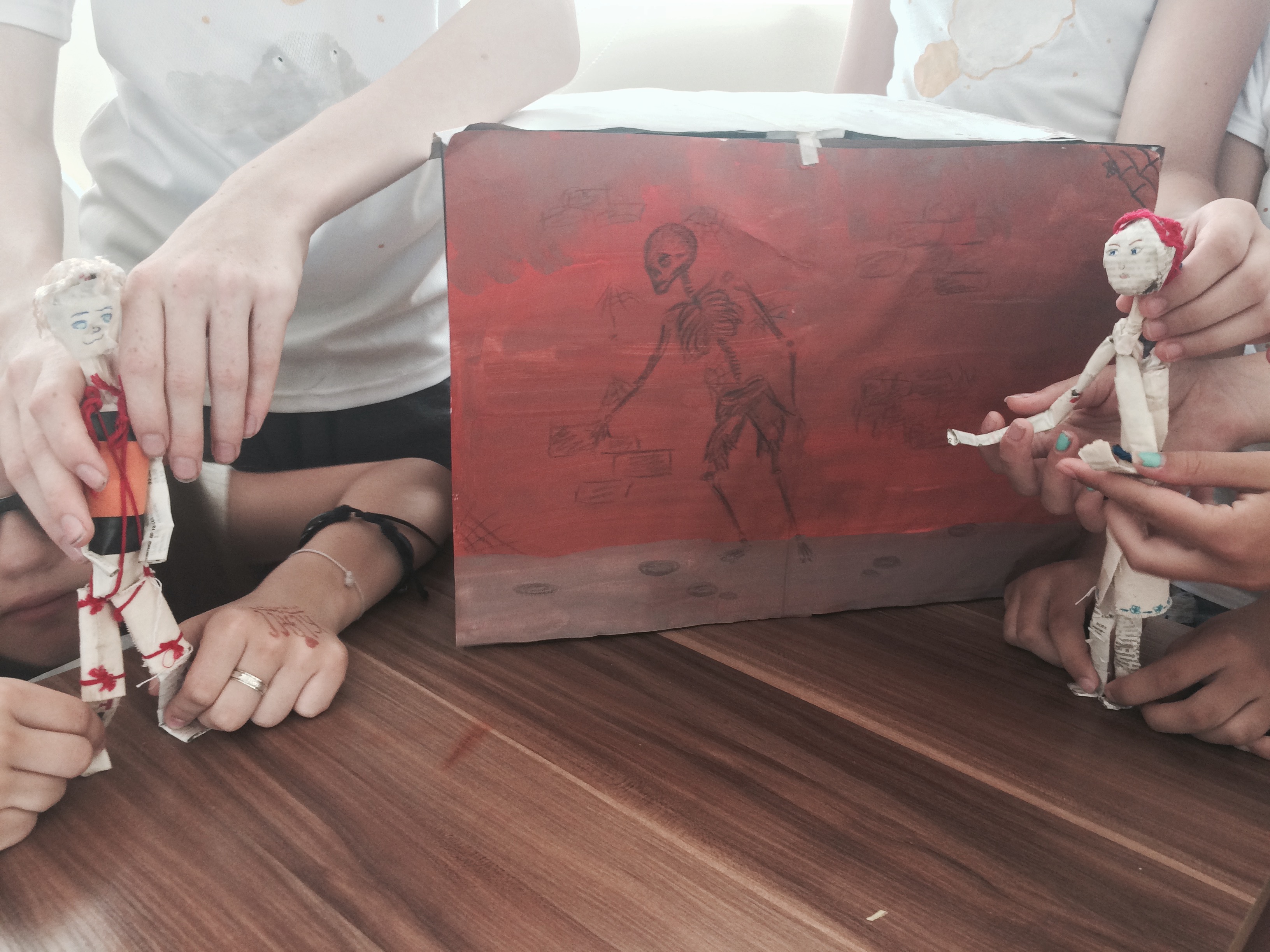












 I animated Boris’ feet (he’s the one with the furry belly) and had a wicked time, from perfecting a tap dance routine, to figuring out the moonwalk with two tiny leather feet, to mastering a fight sequence. The choreographic element appealed to the dancer in me, and I was in my element with the physical demands of the show.
I animated Boris’ feet (he’s the one with the furry belly) and had a wicked time, from perfecting a tap dance routine, to figuring out the moonwalk with two tiny leather feet, to mastering a fight sequence. The choreographic element appealed to the dancer in me, and I was in my element with the physical demands of the show. Throughout the run my puppetry improvisation skills increased massively. I’d already worked with
Throughout the run my puppetry improvisation skills increased massively. I’d already worked with